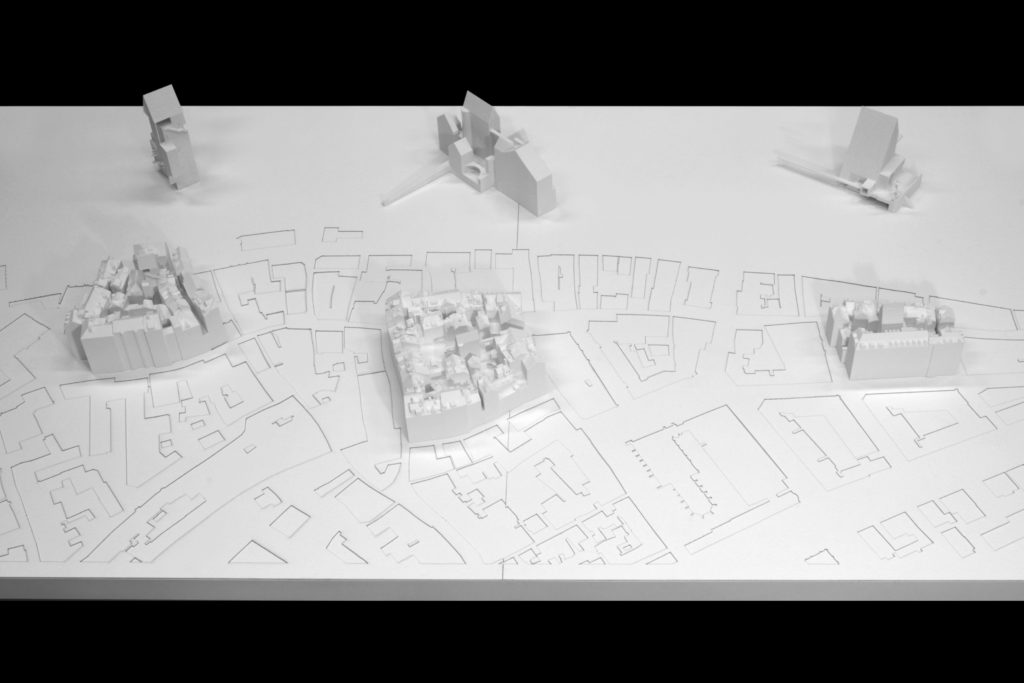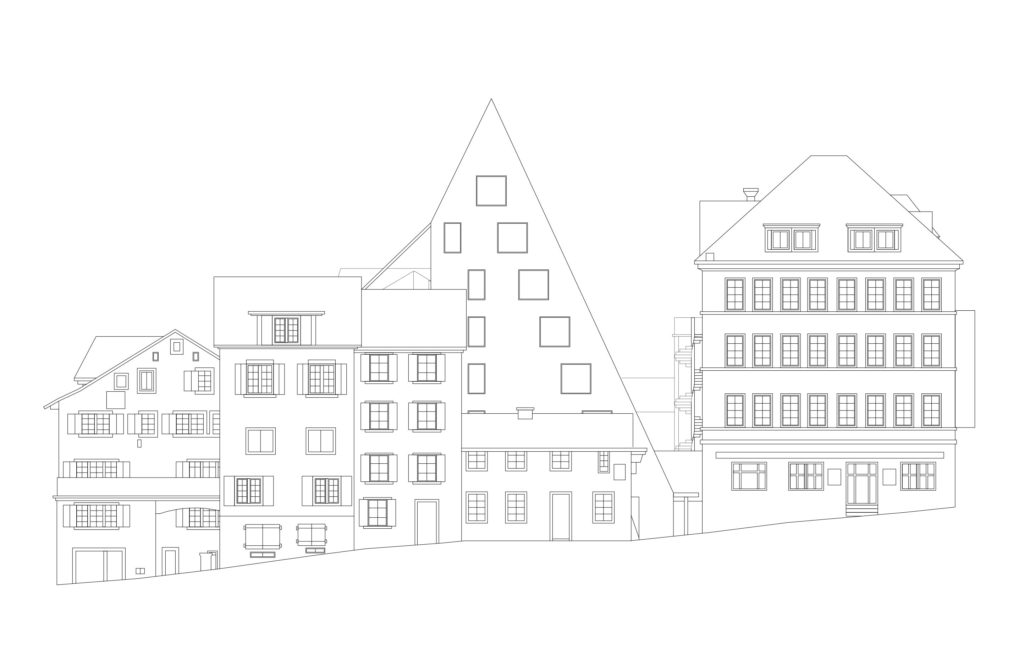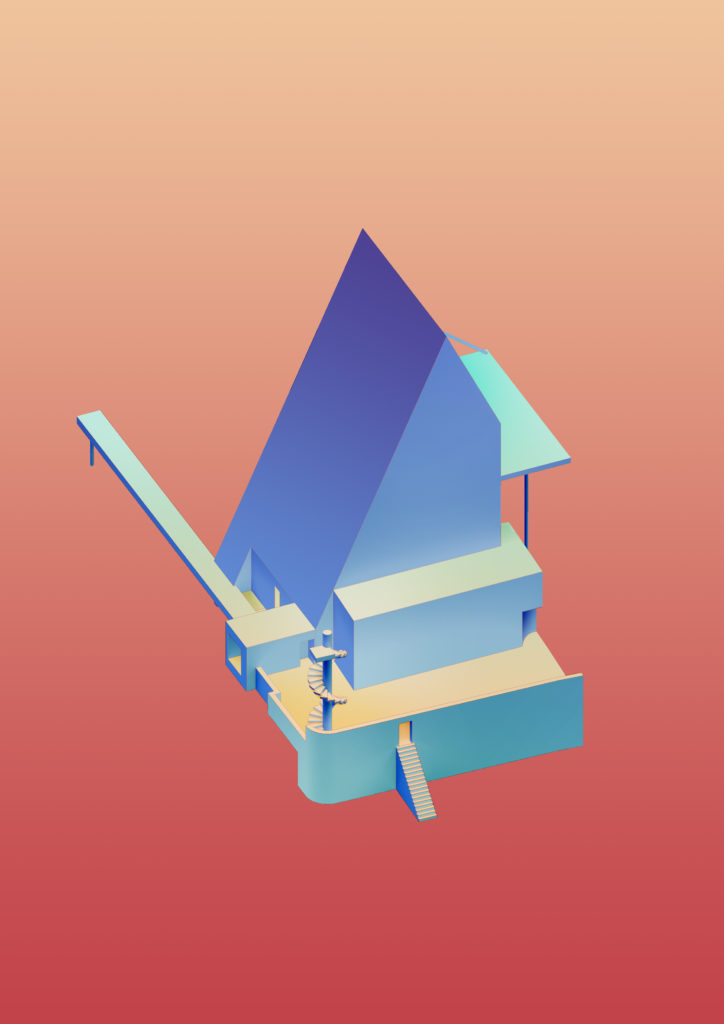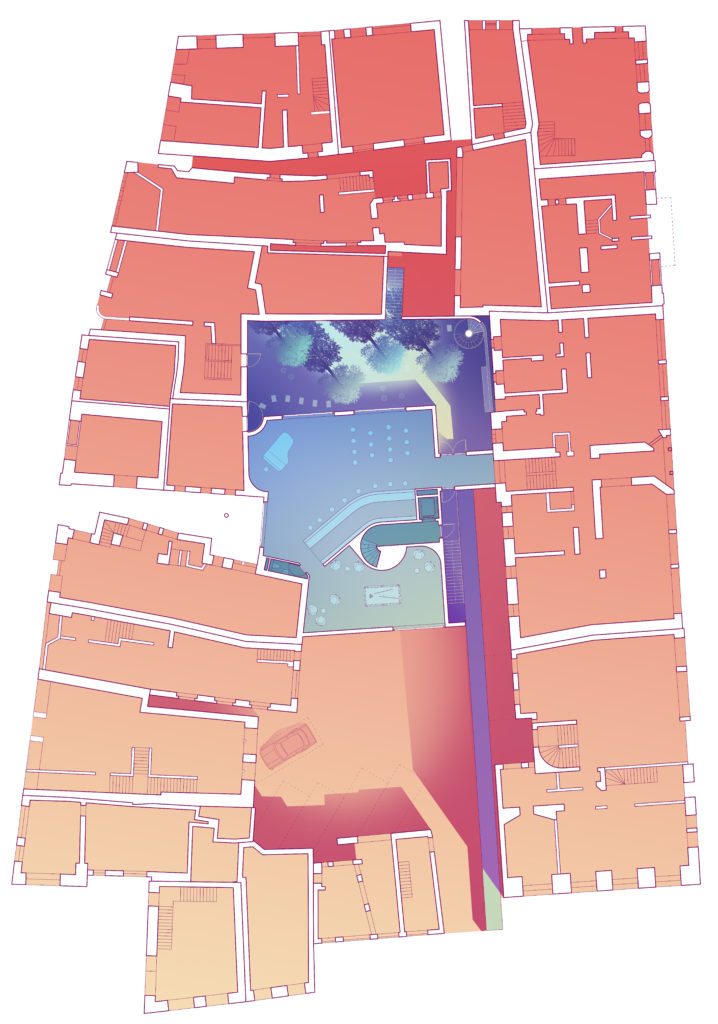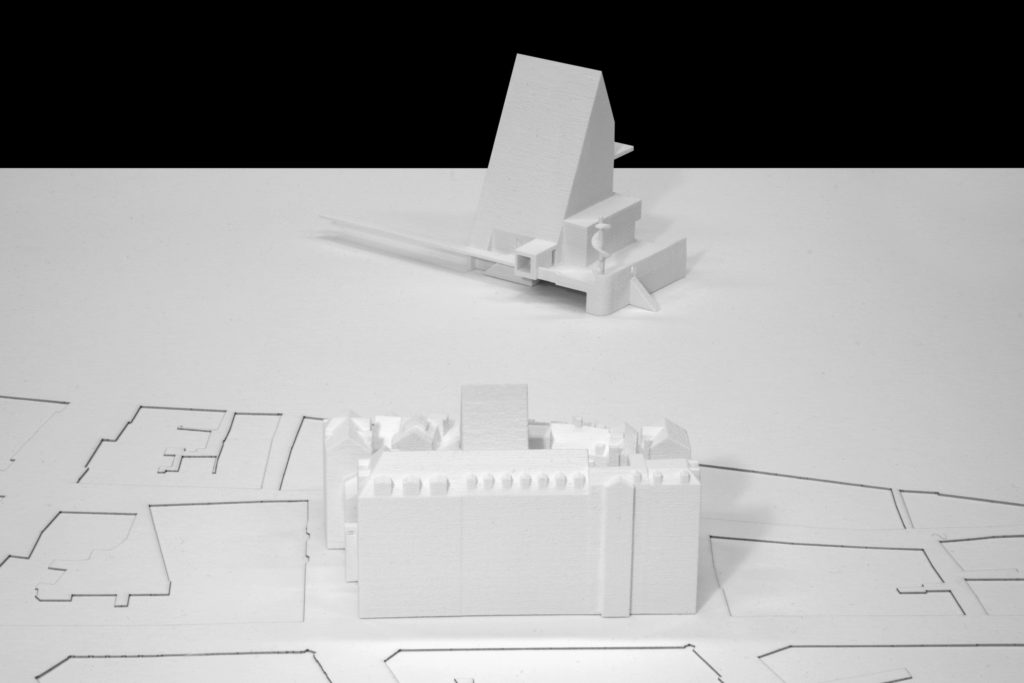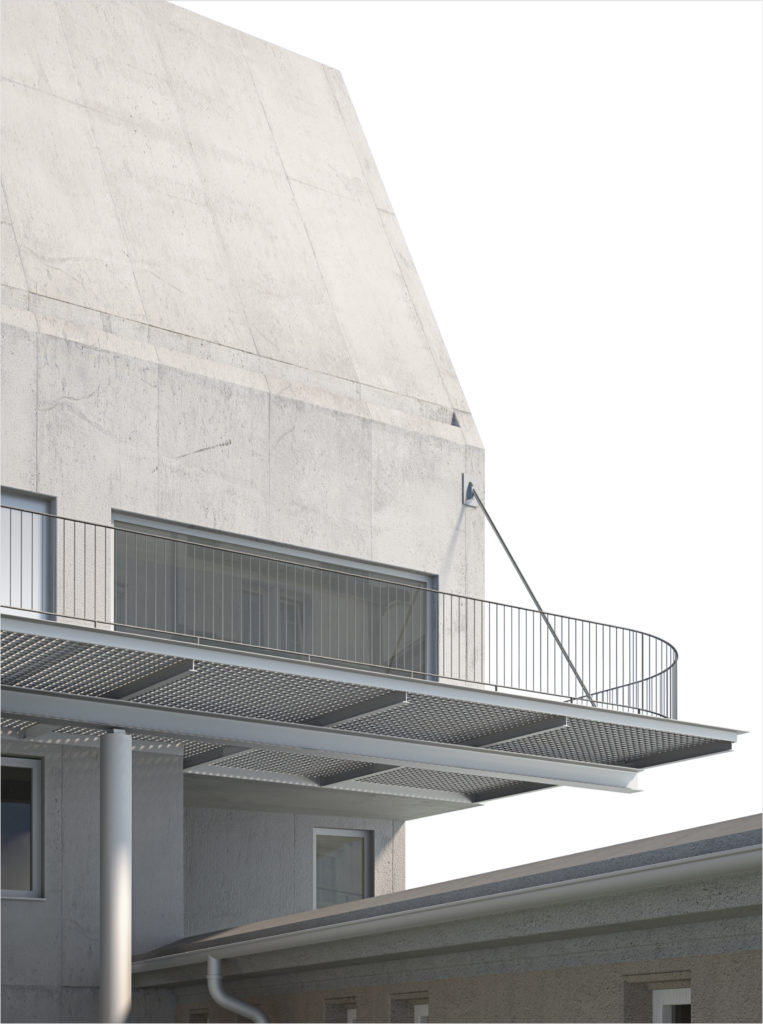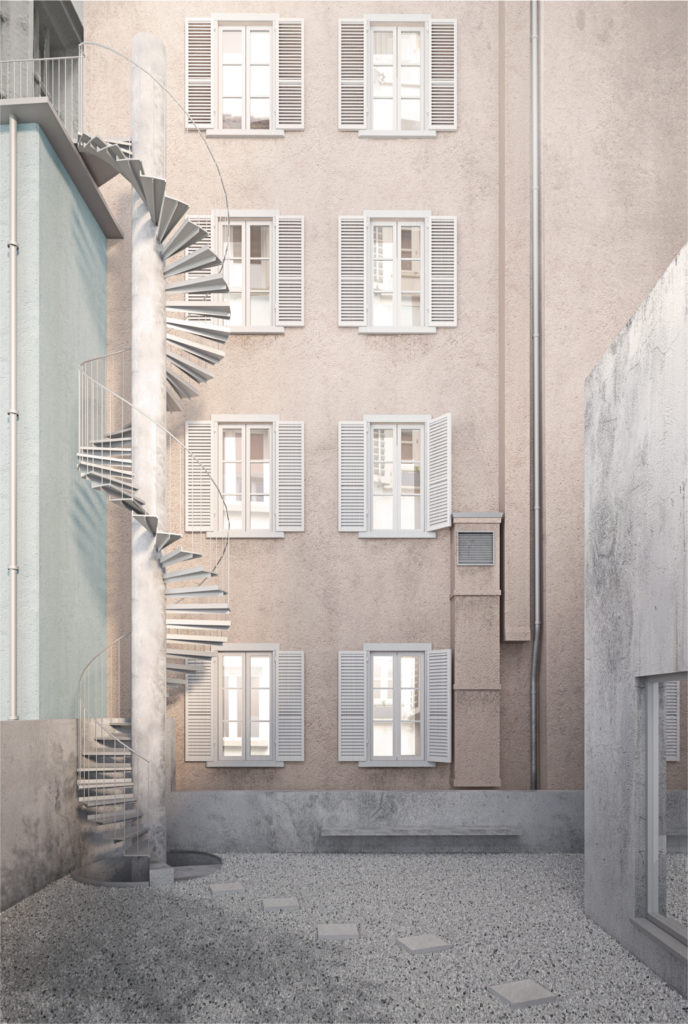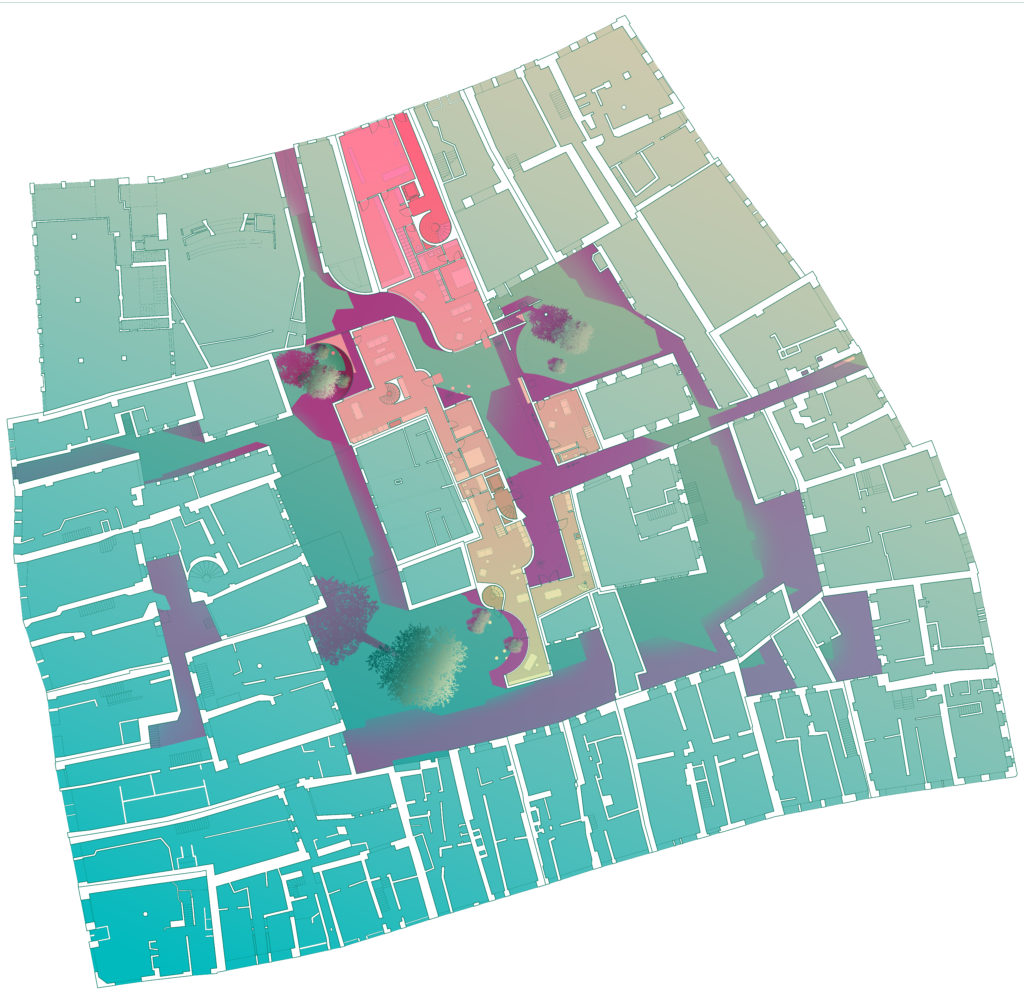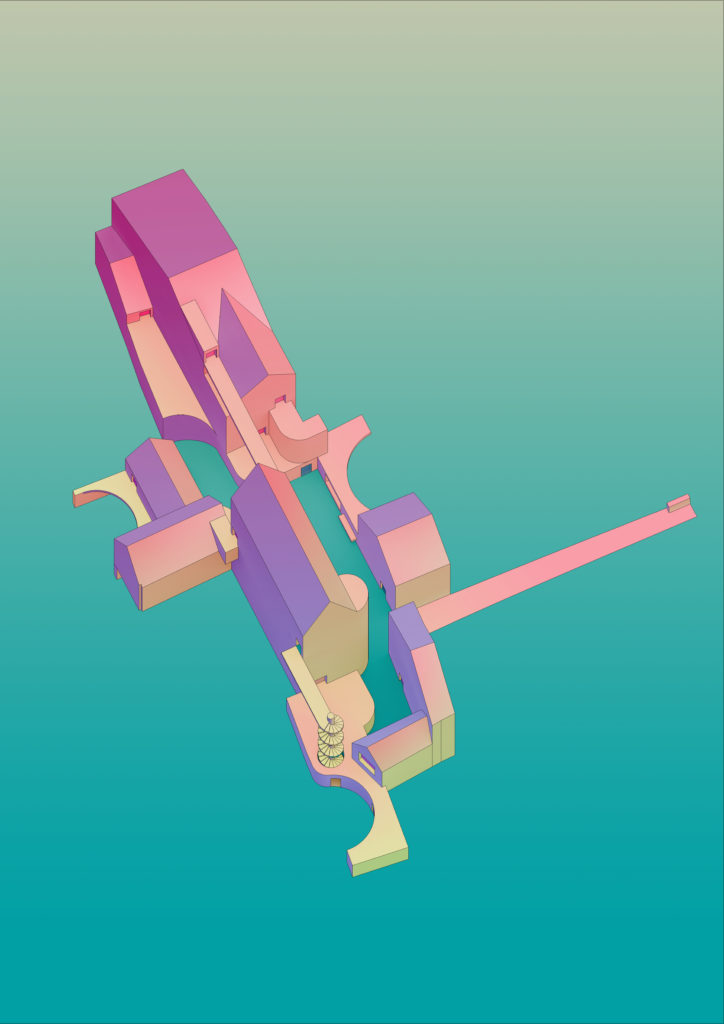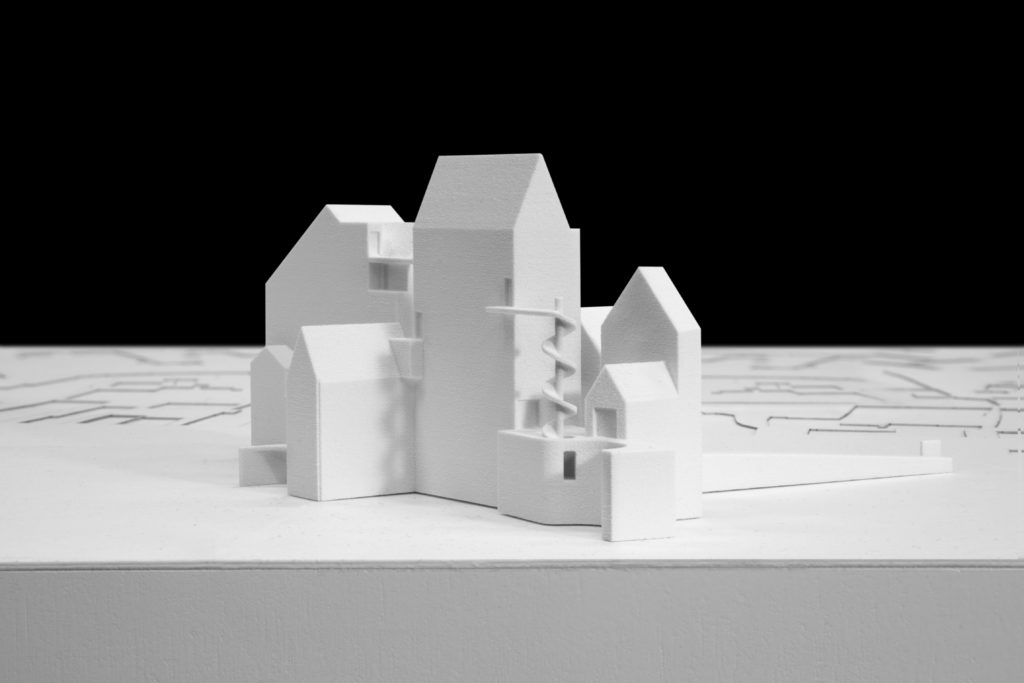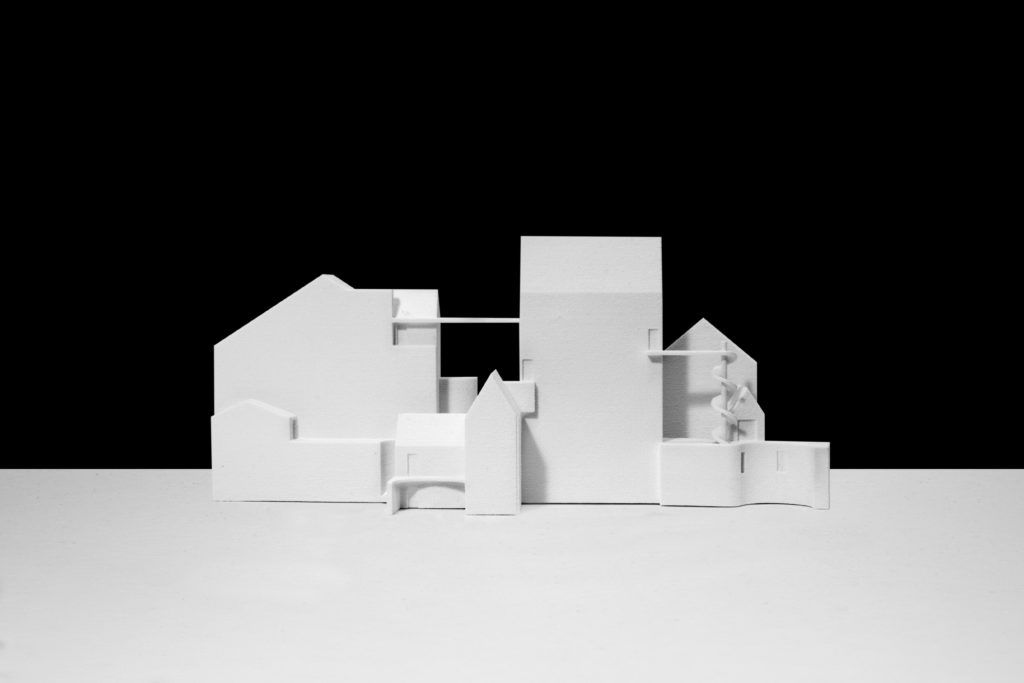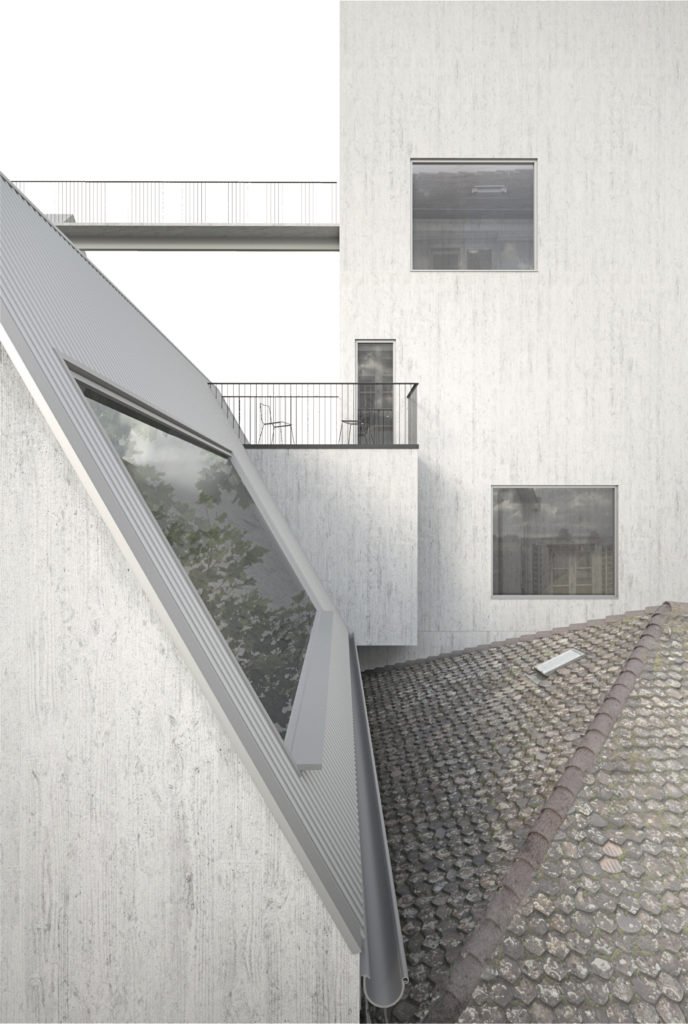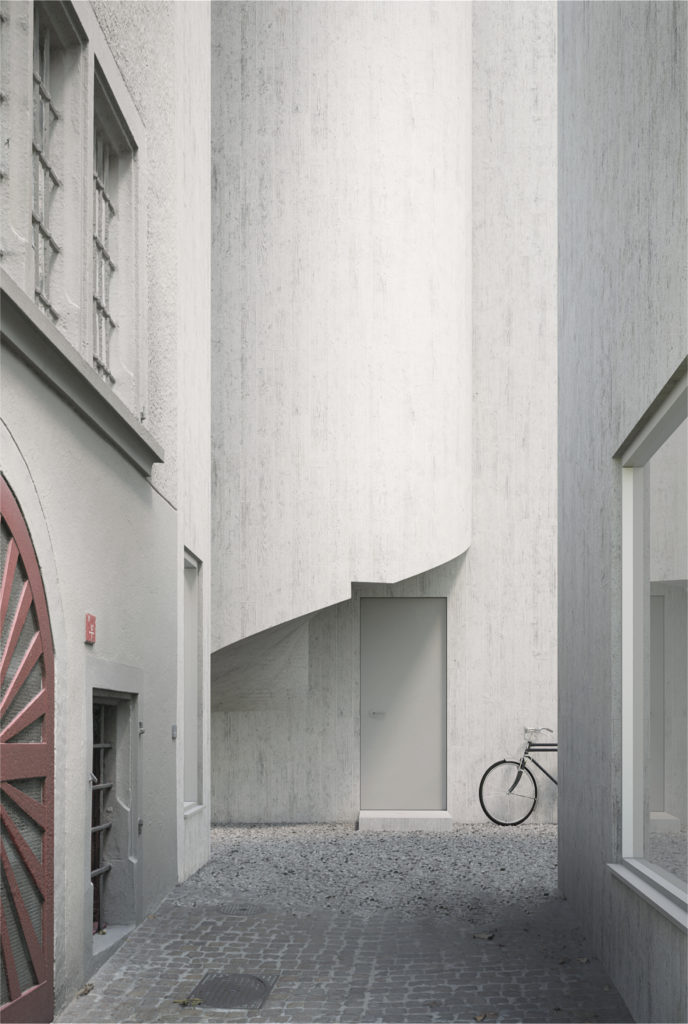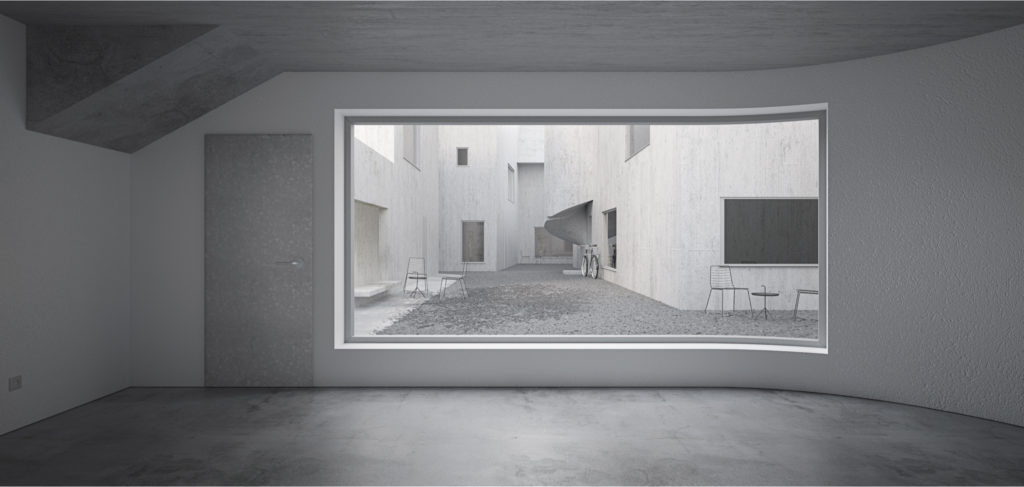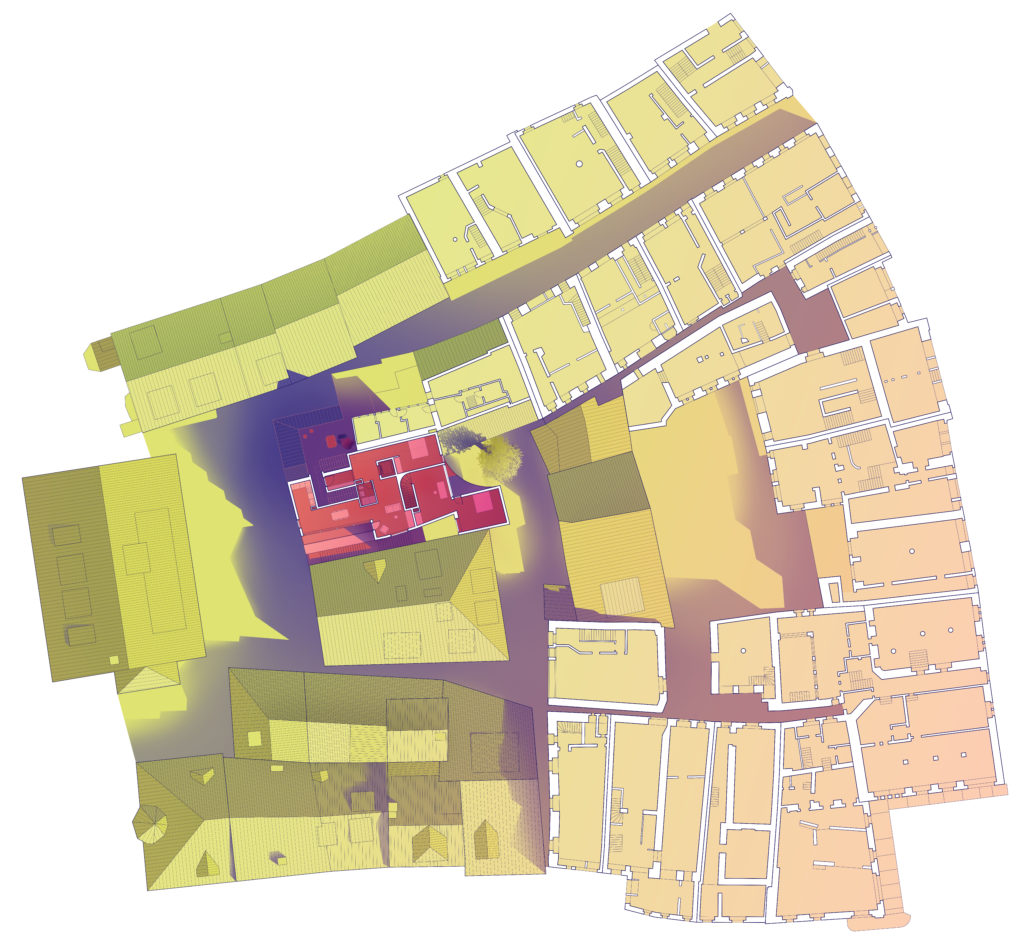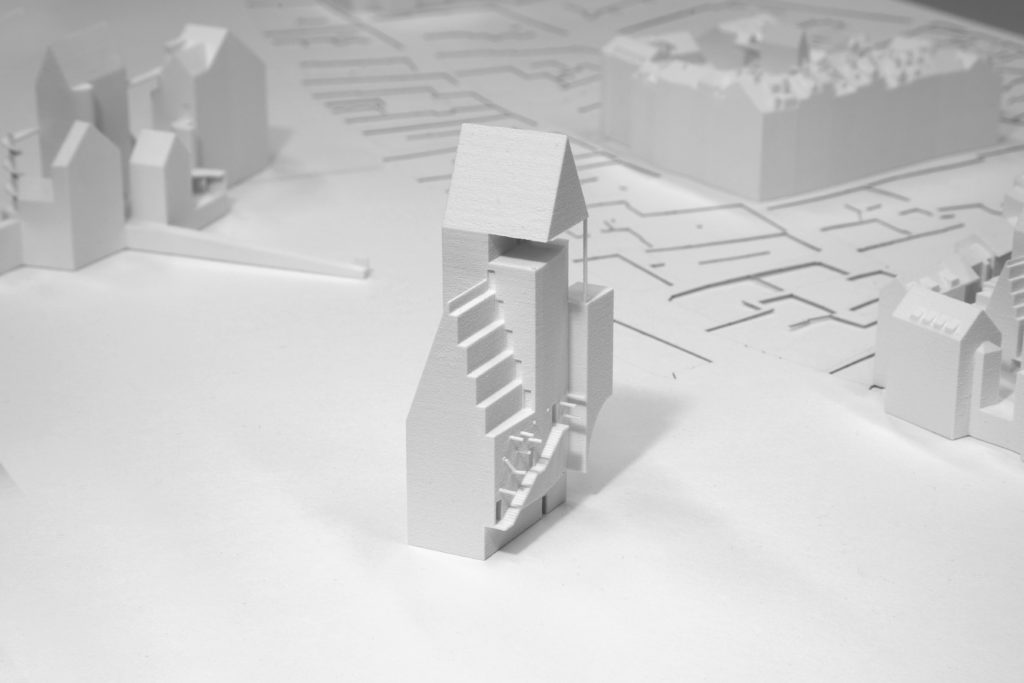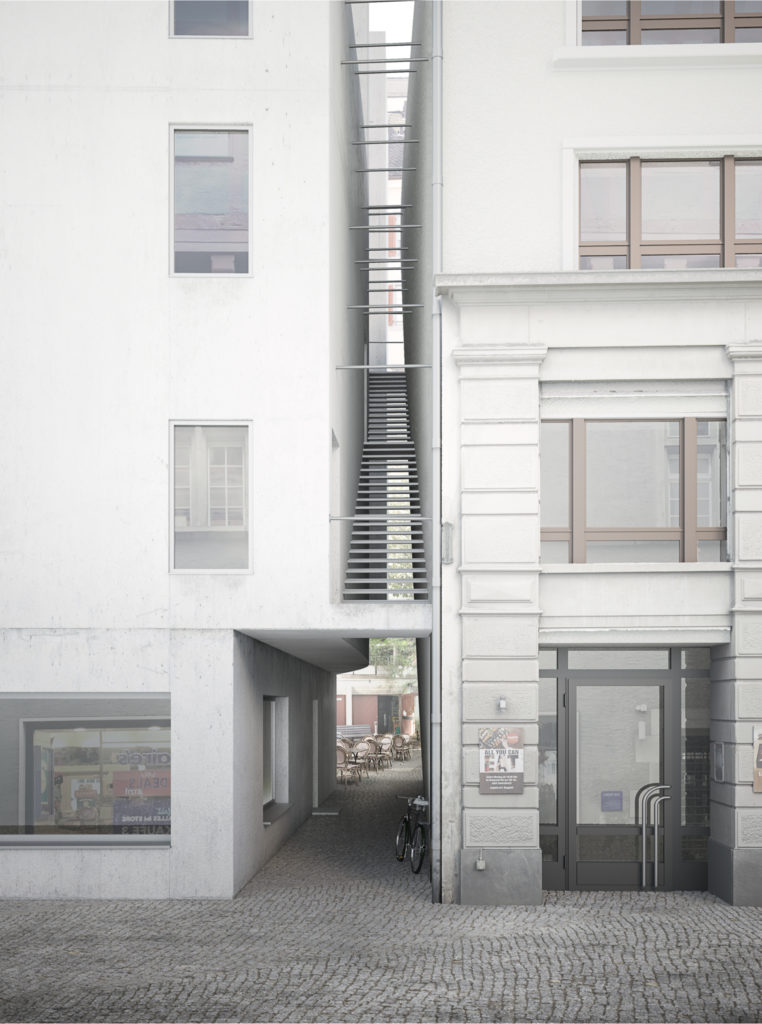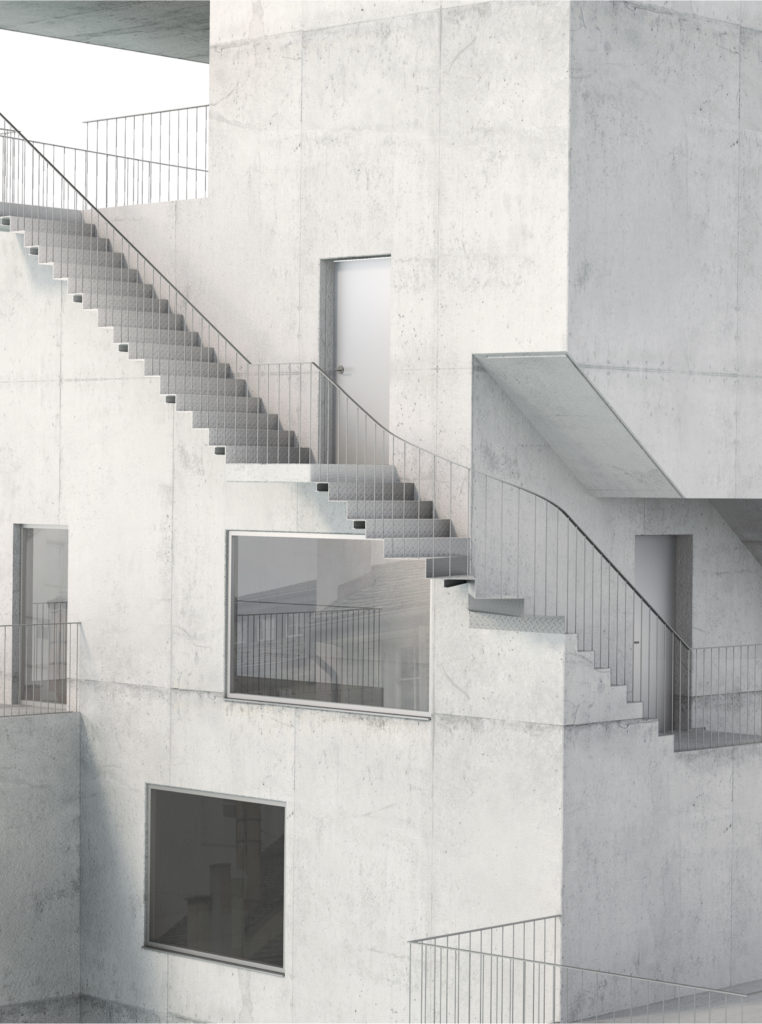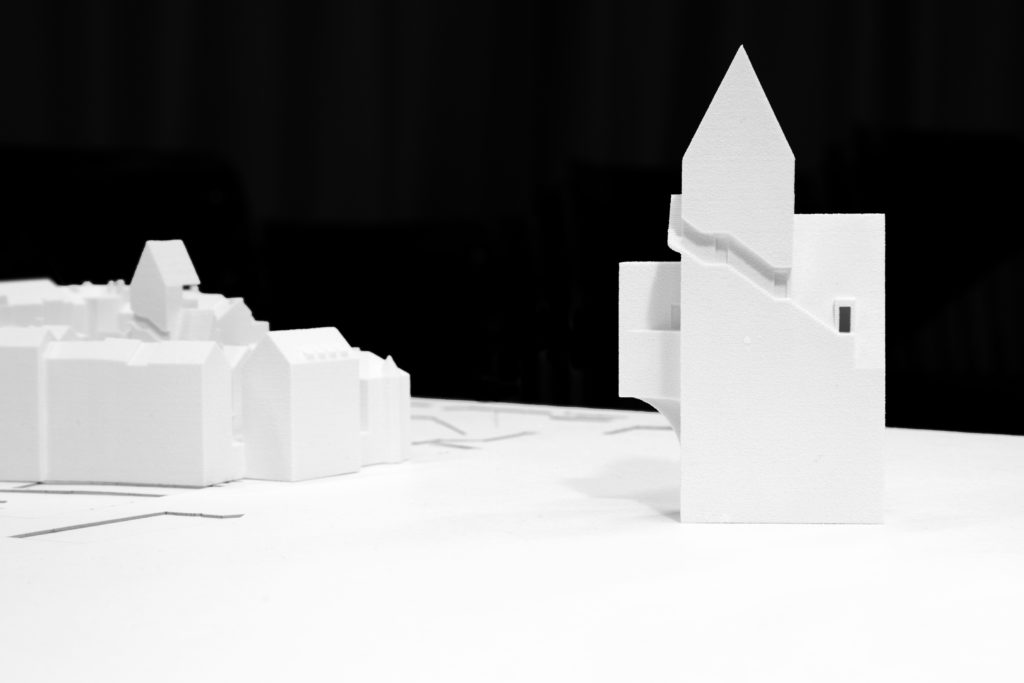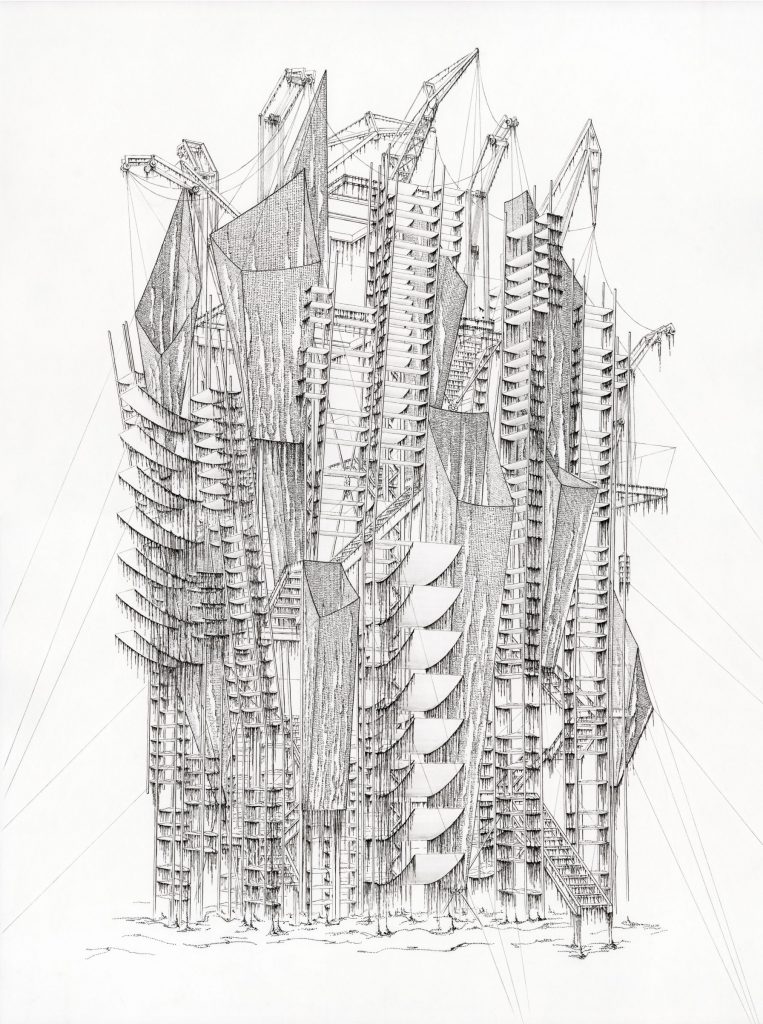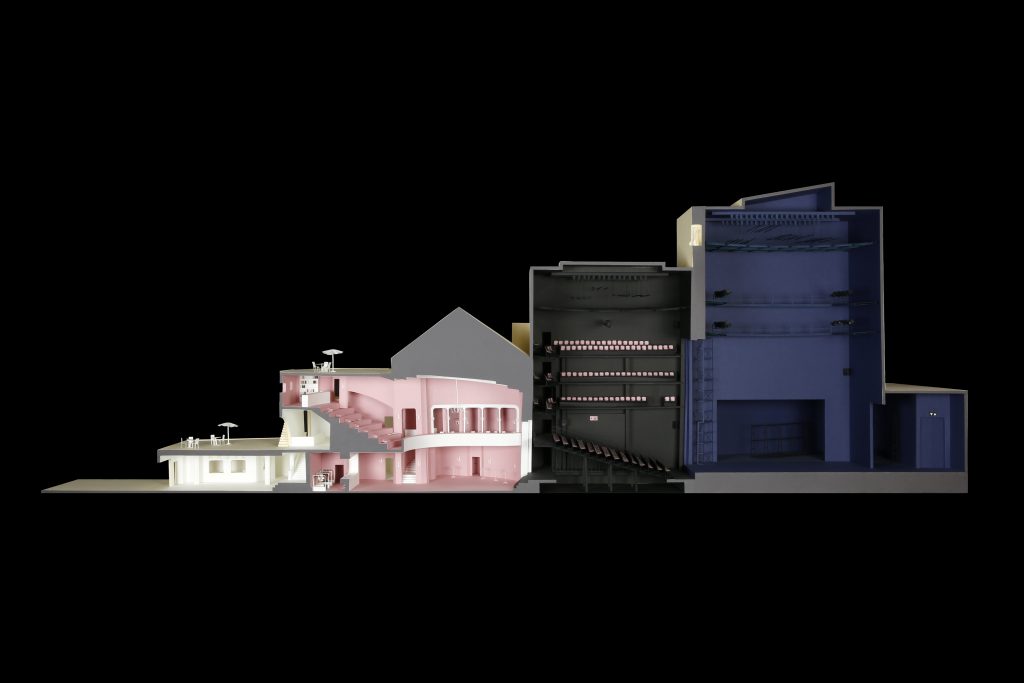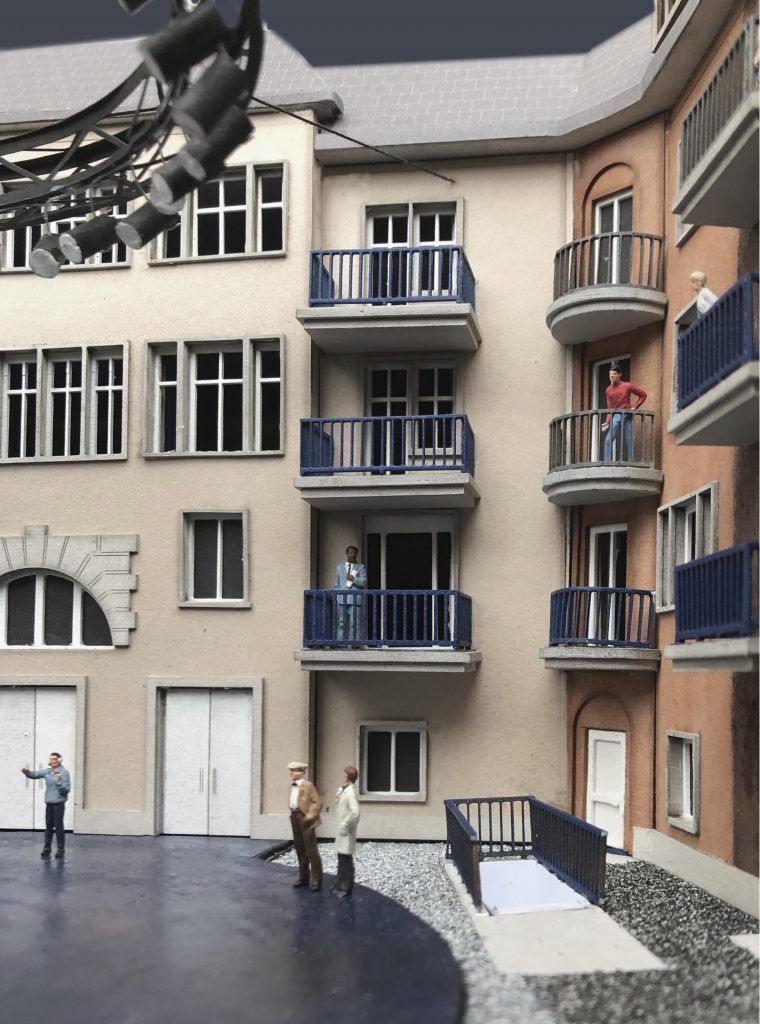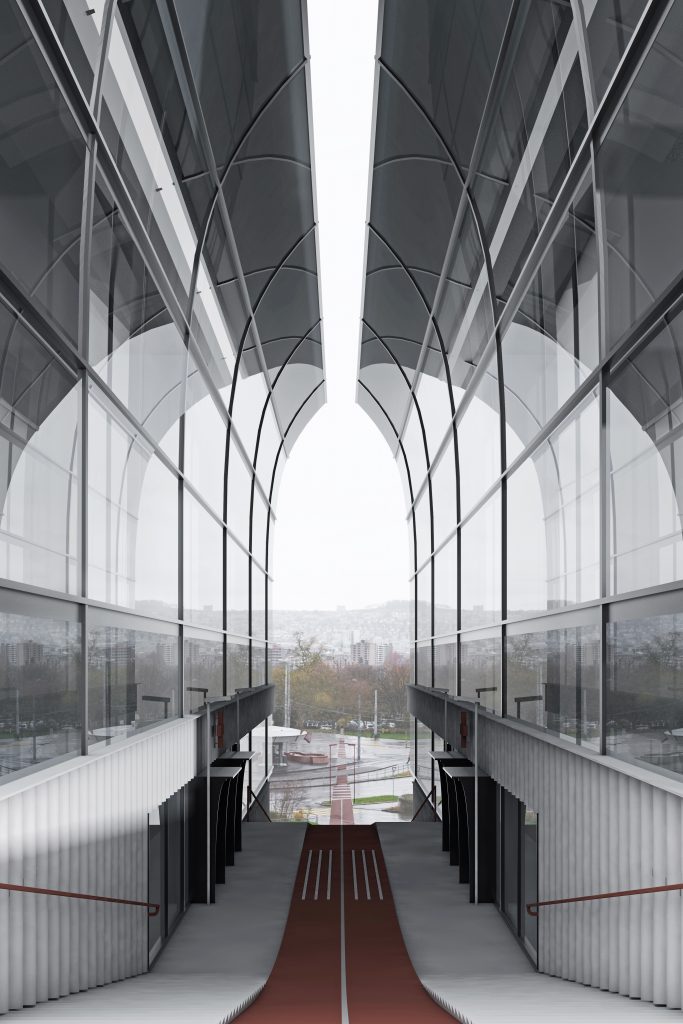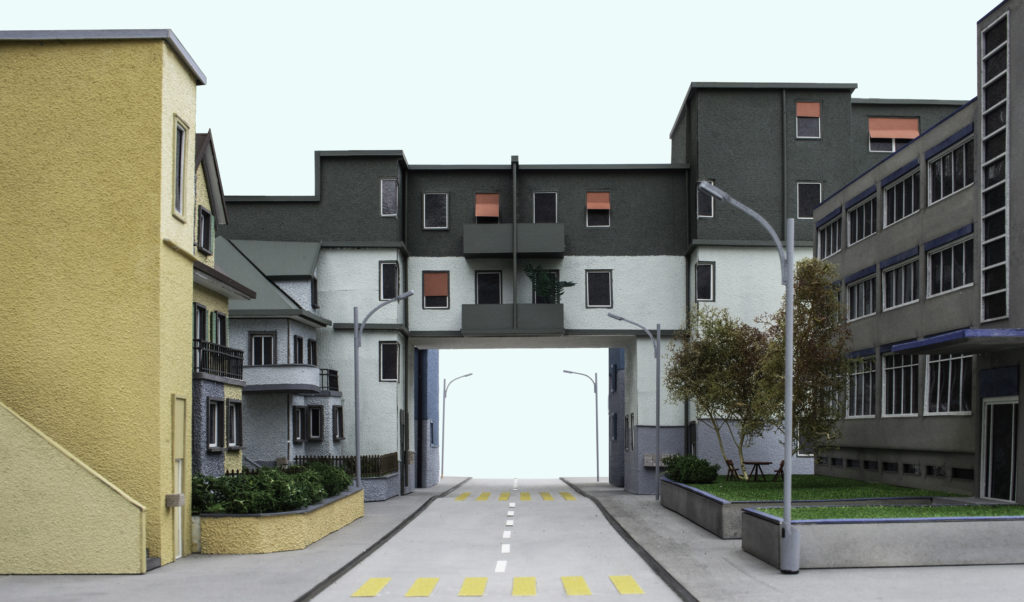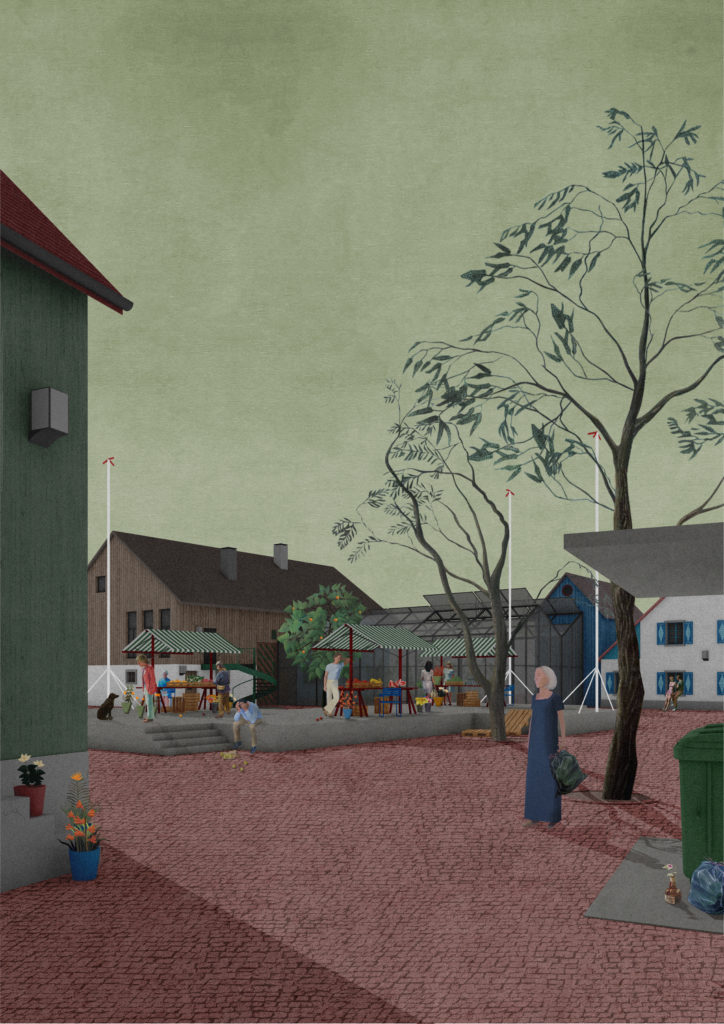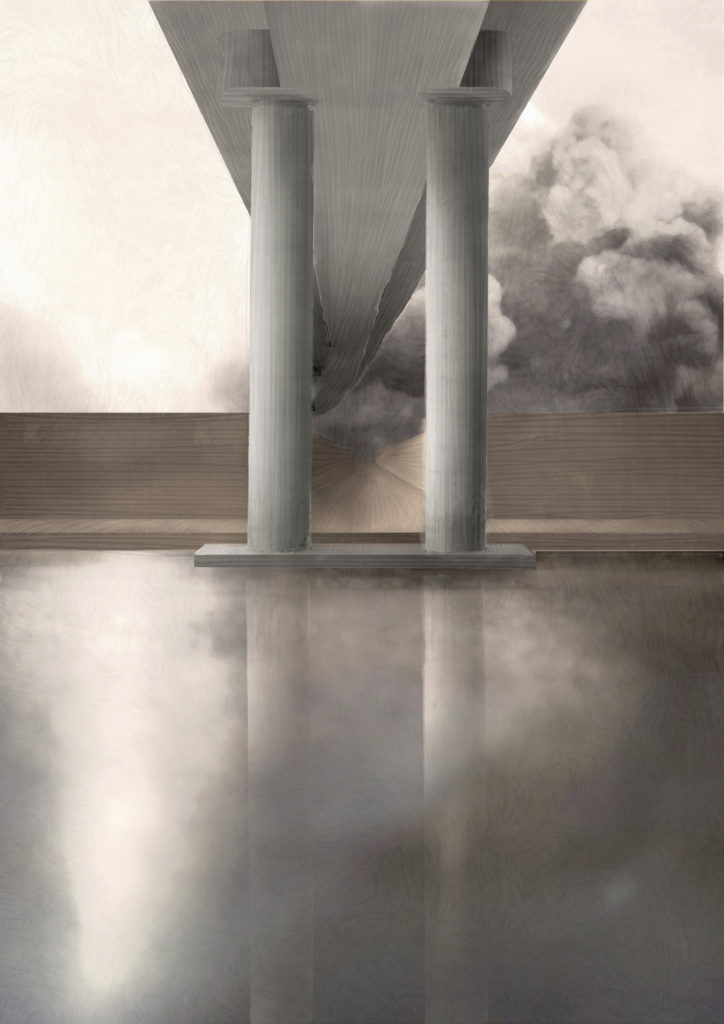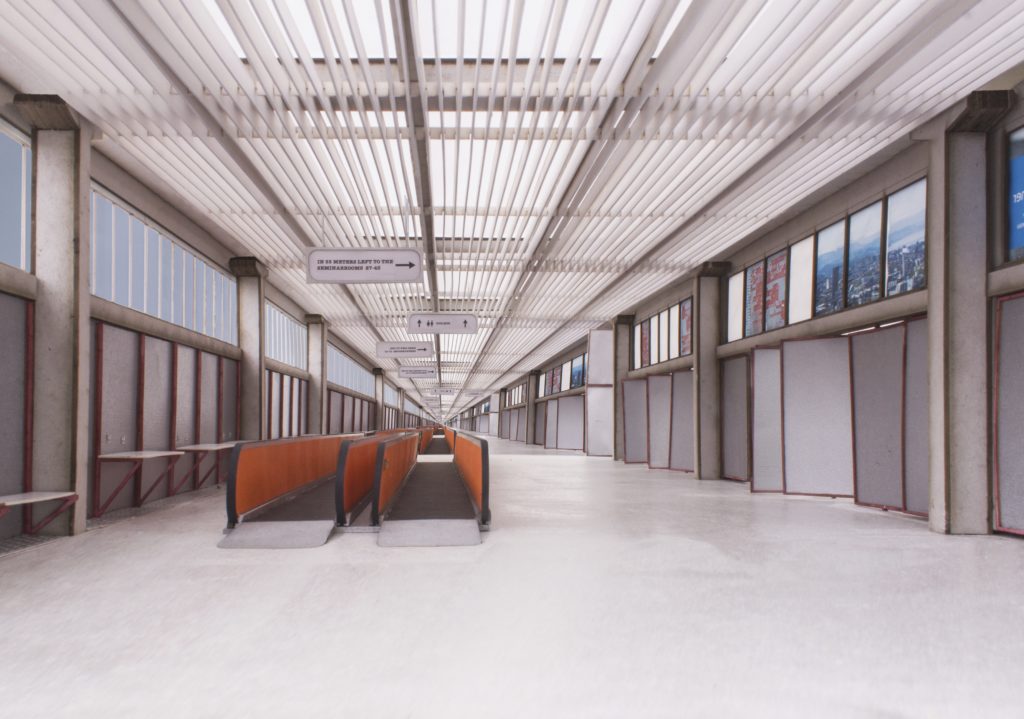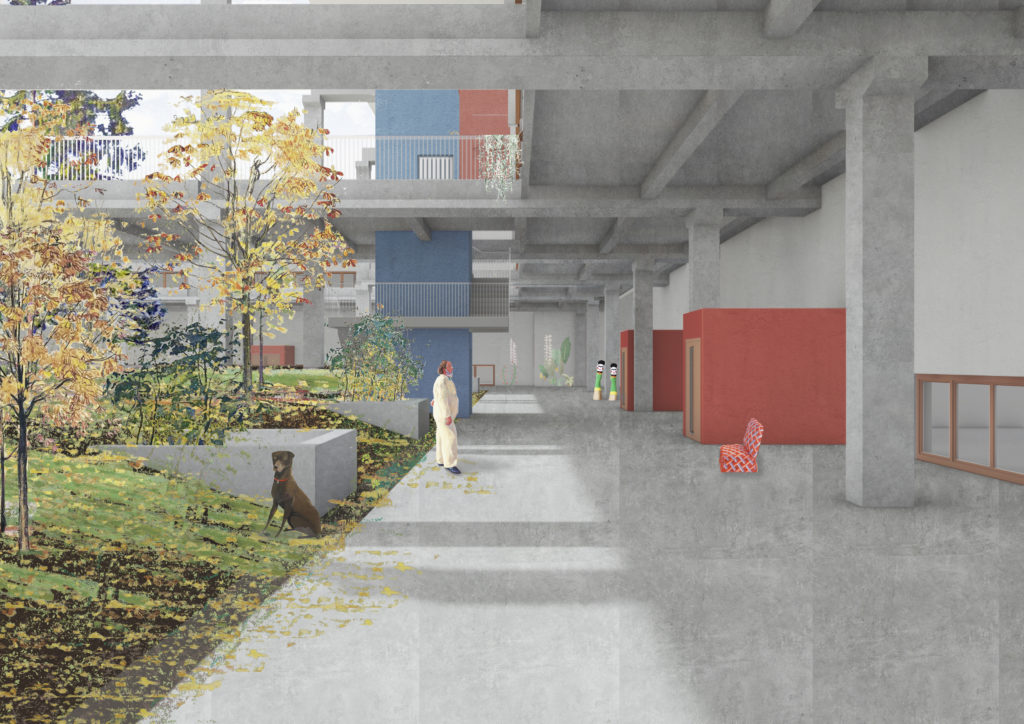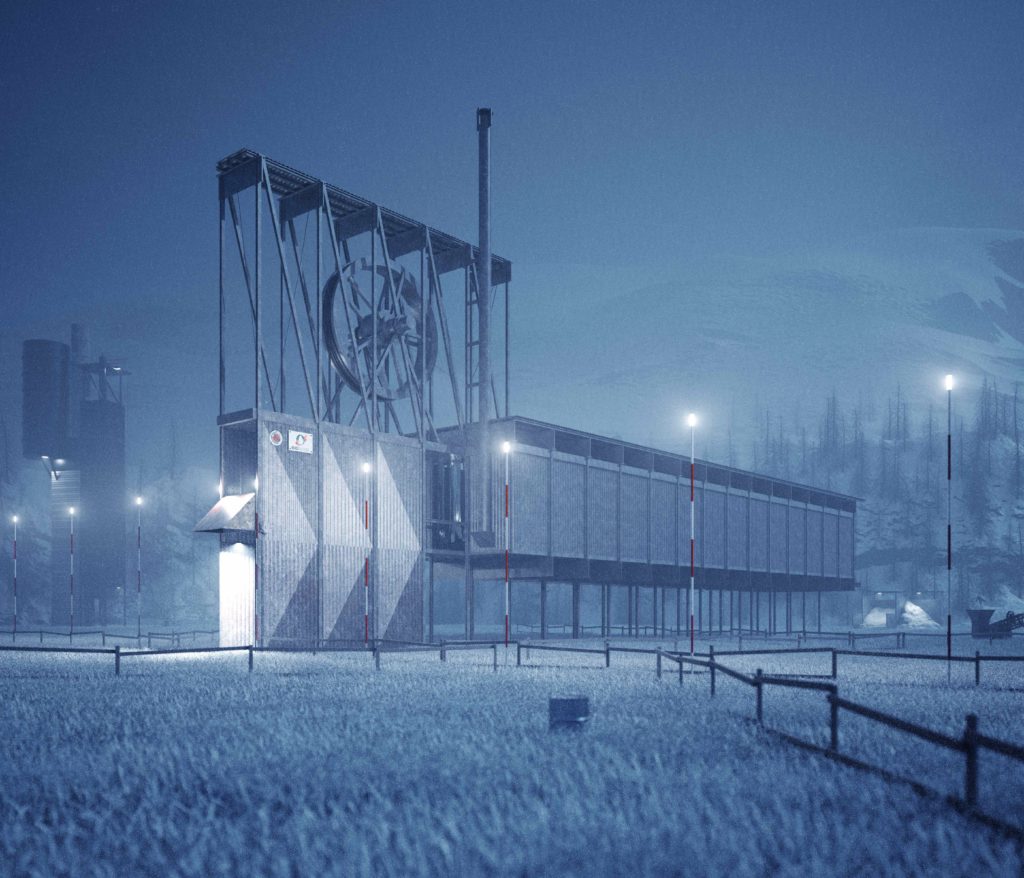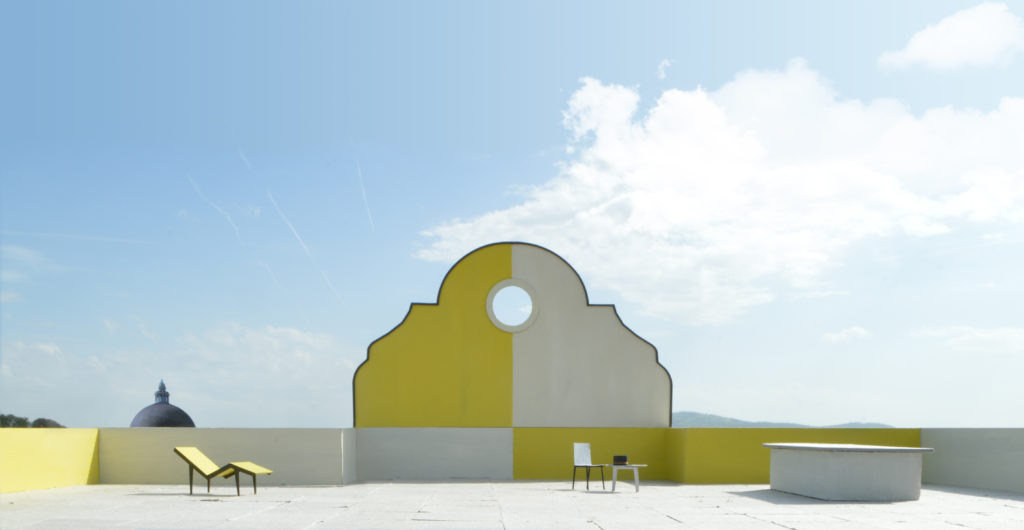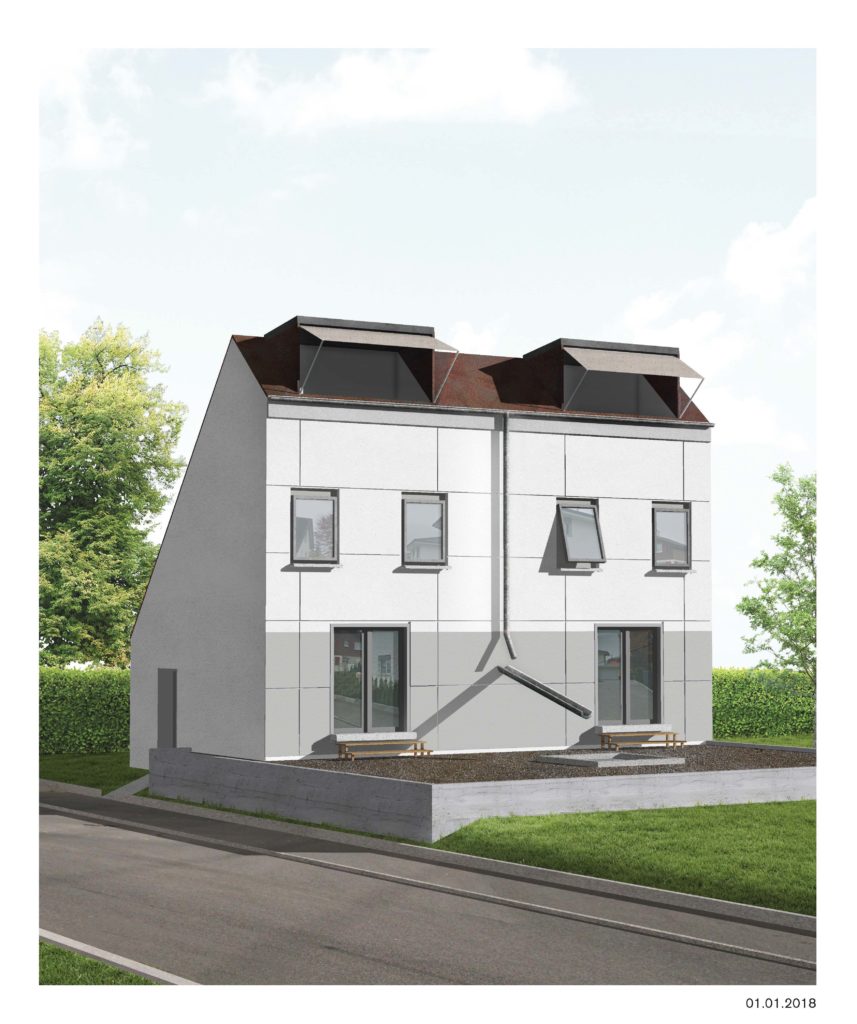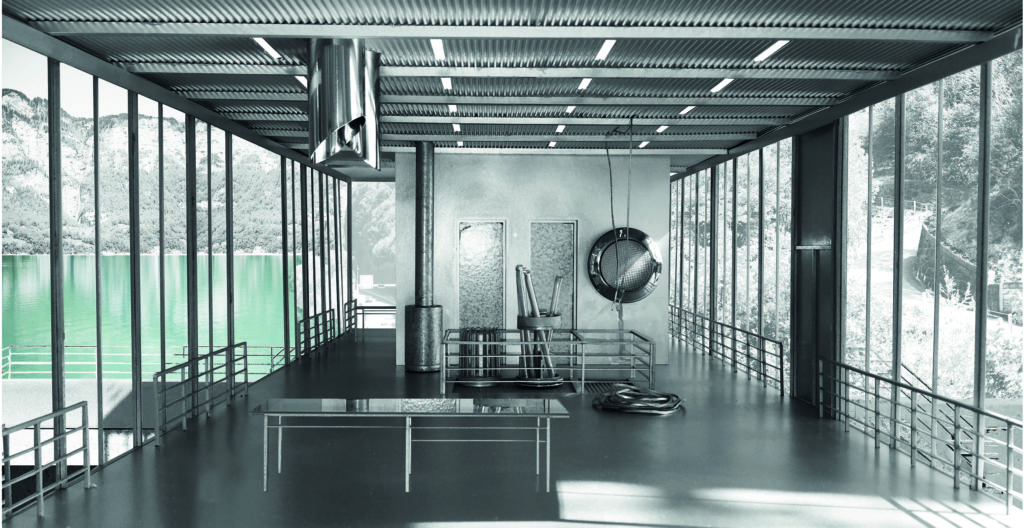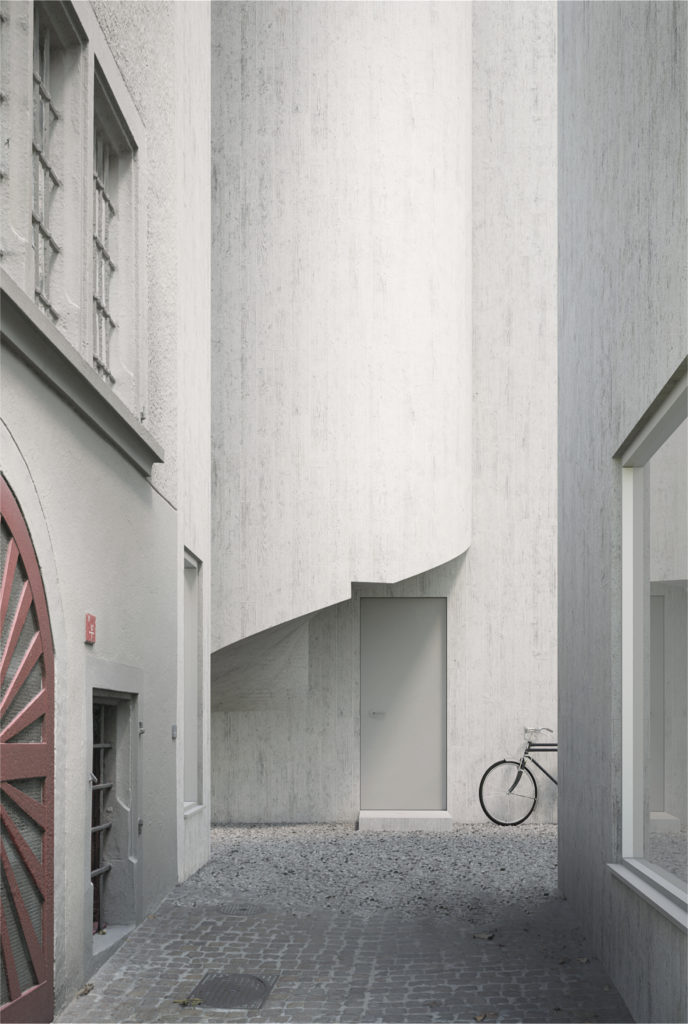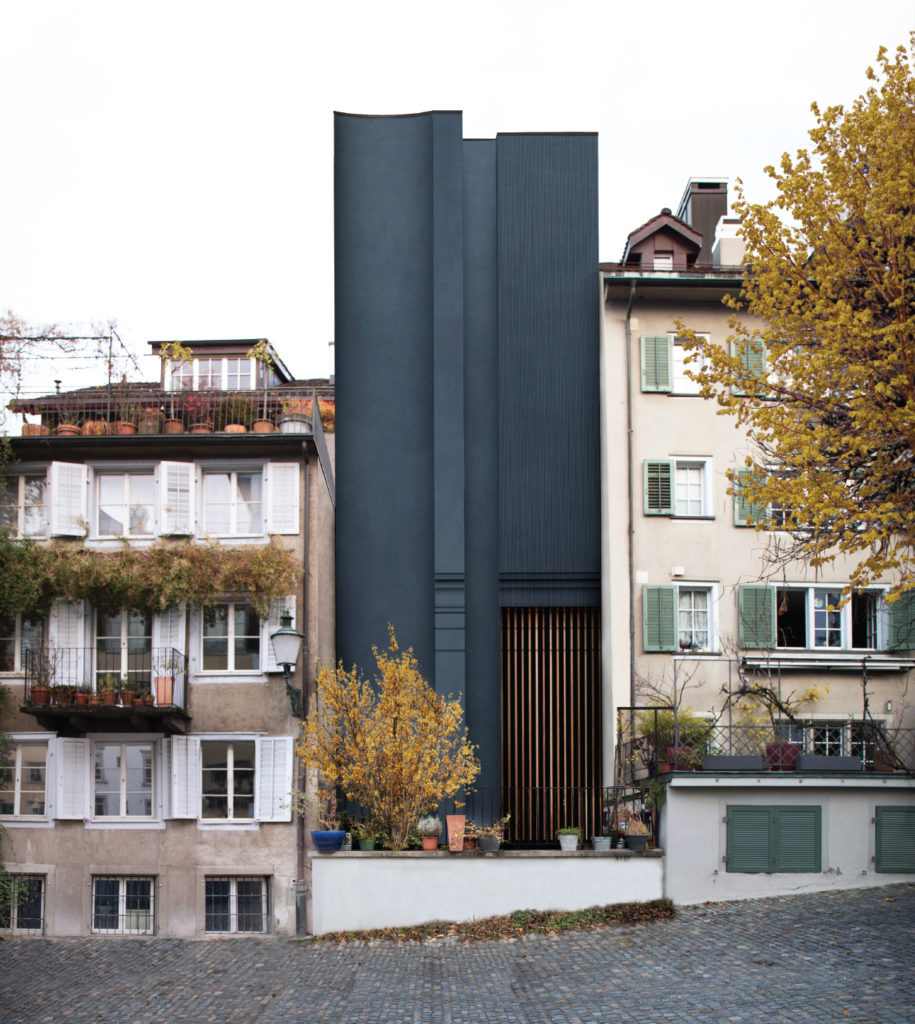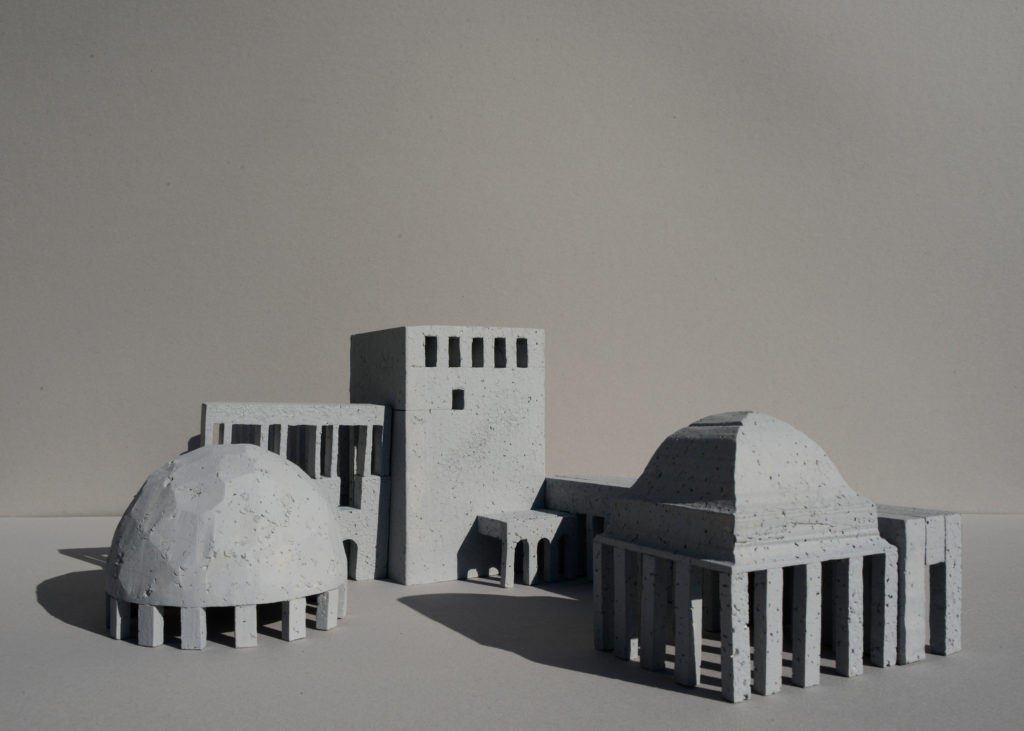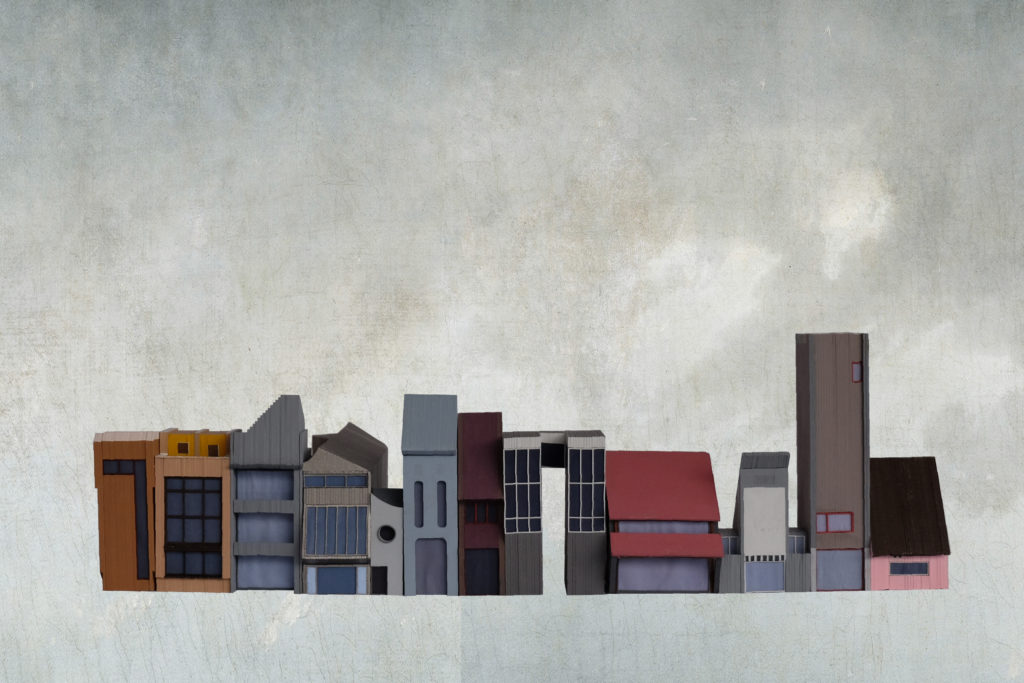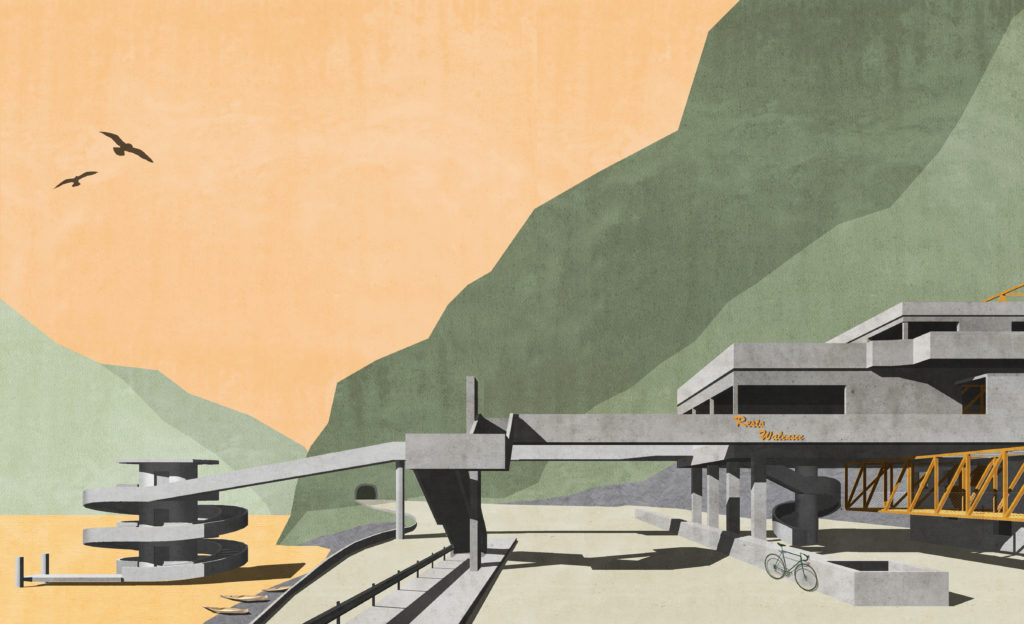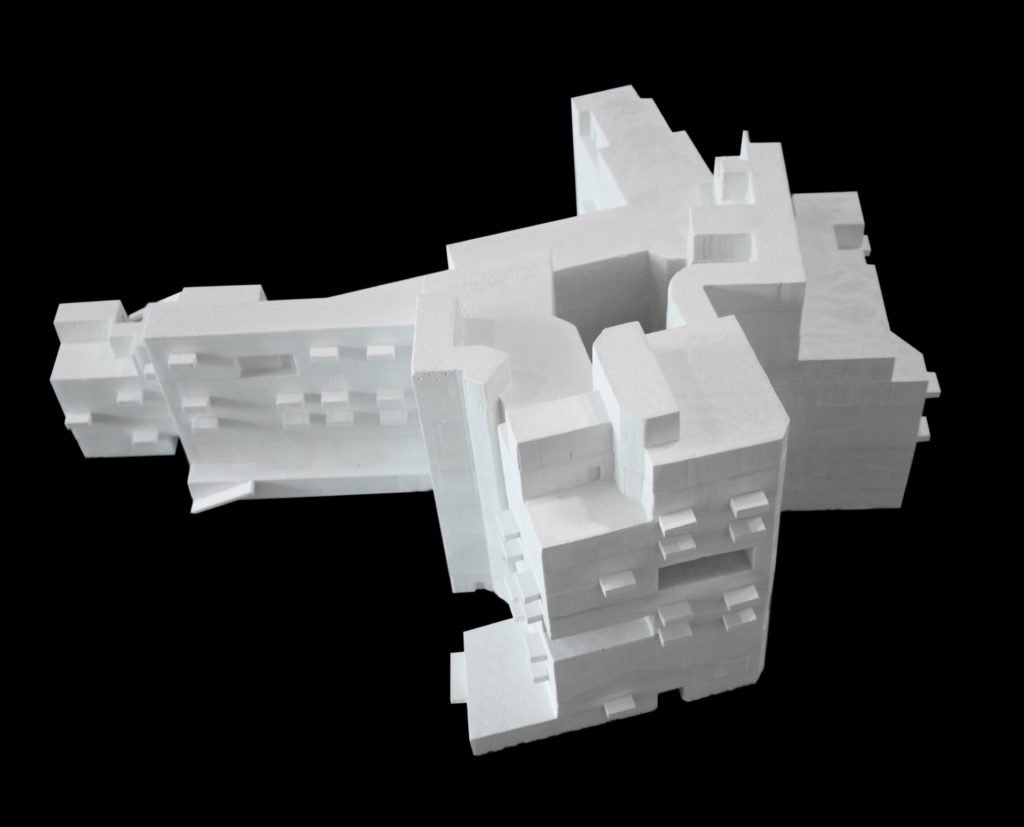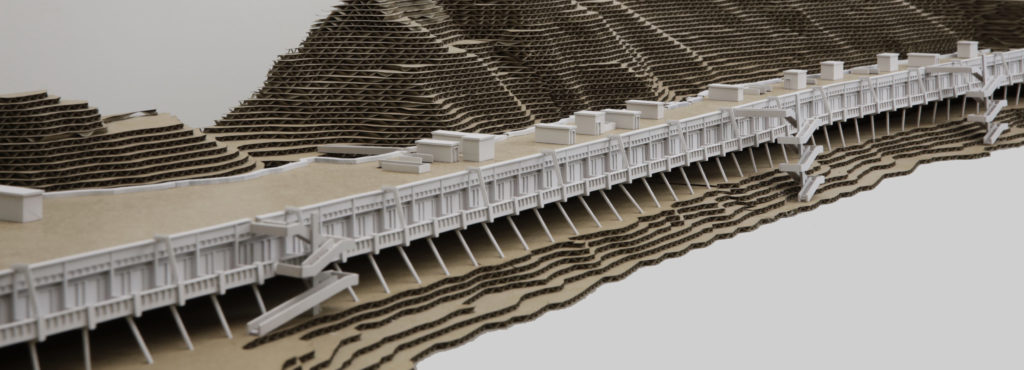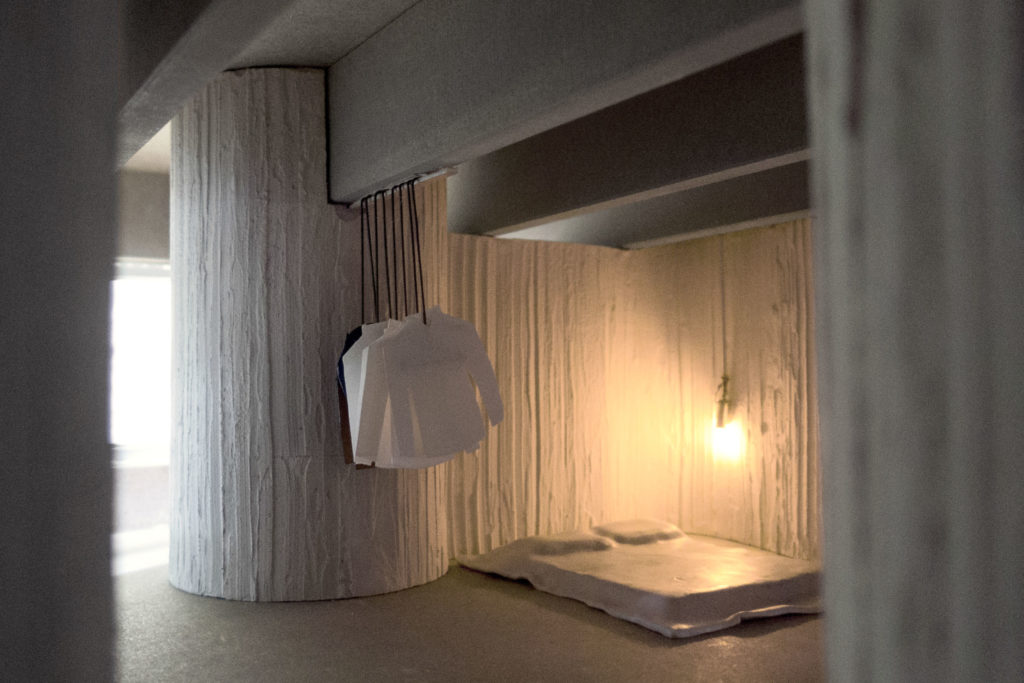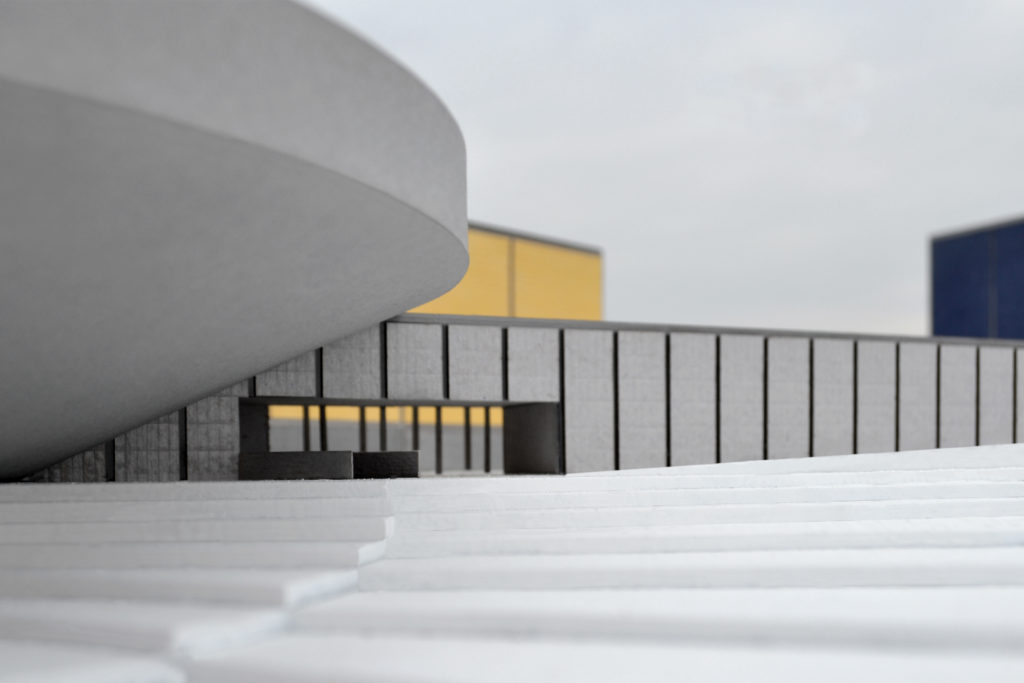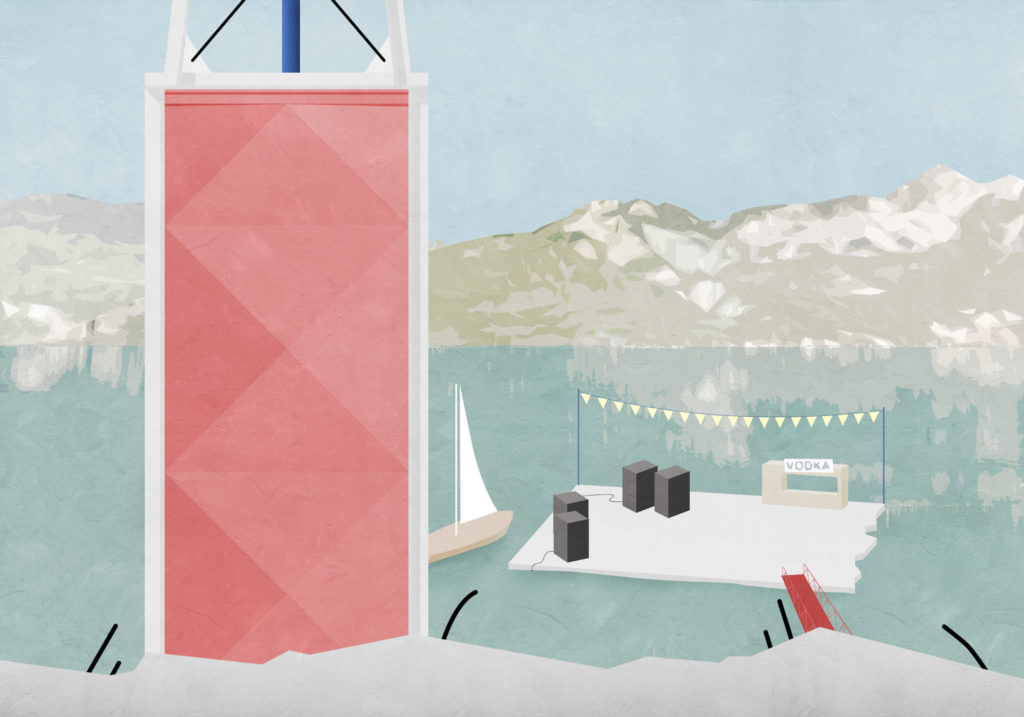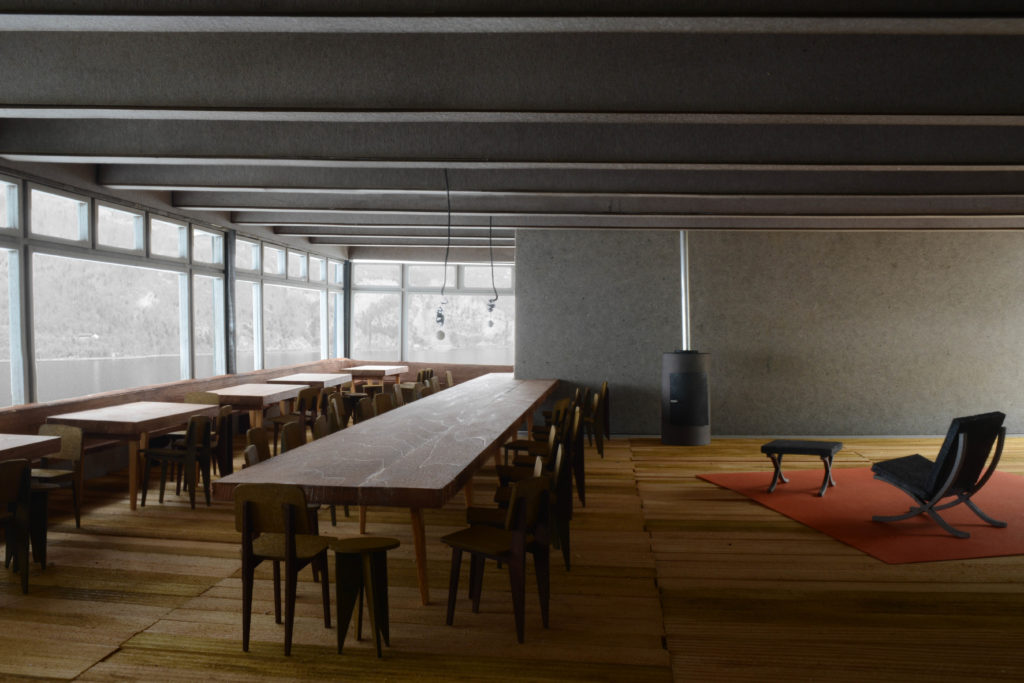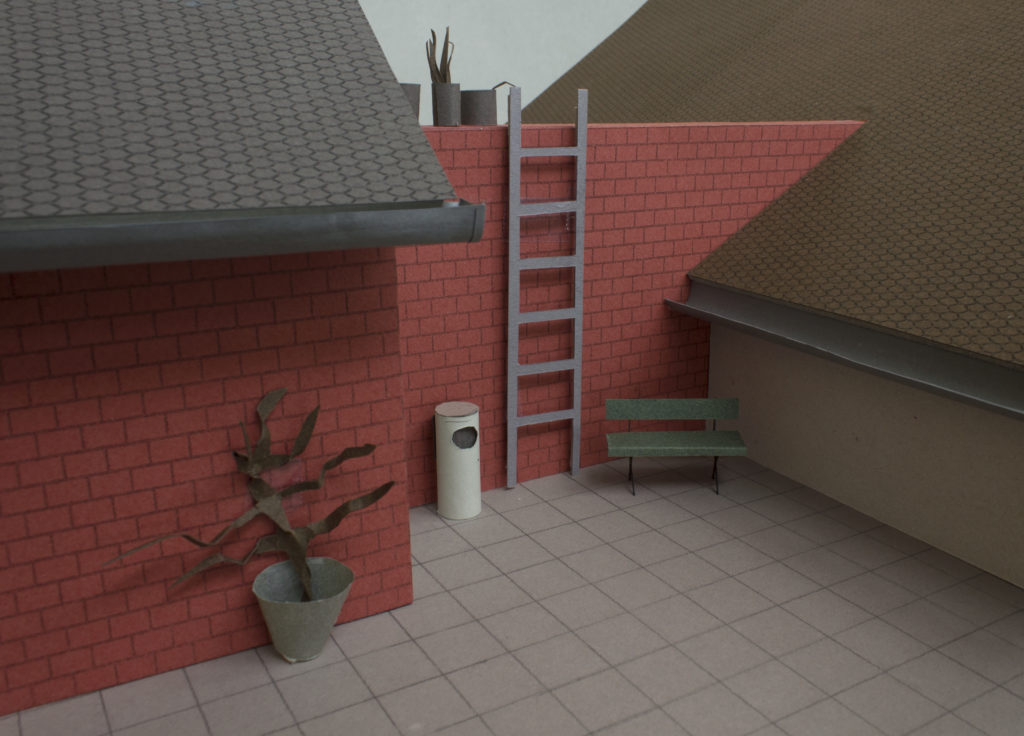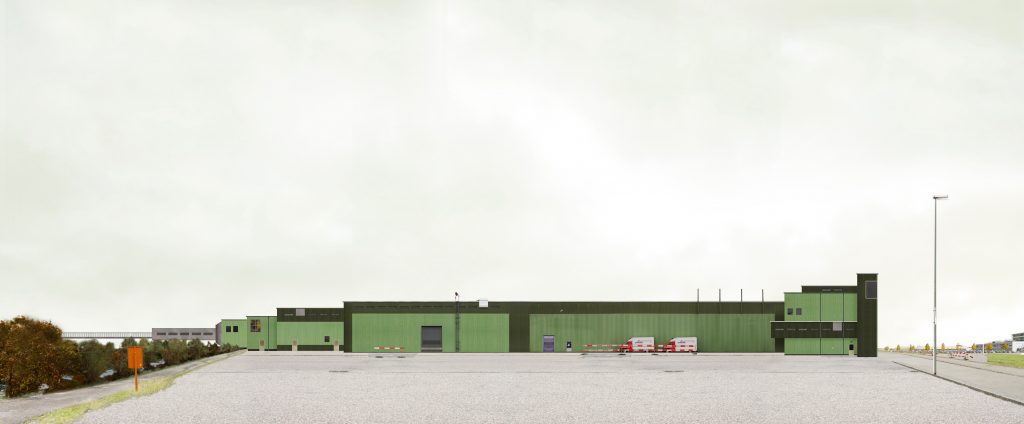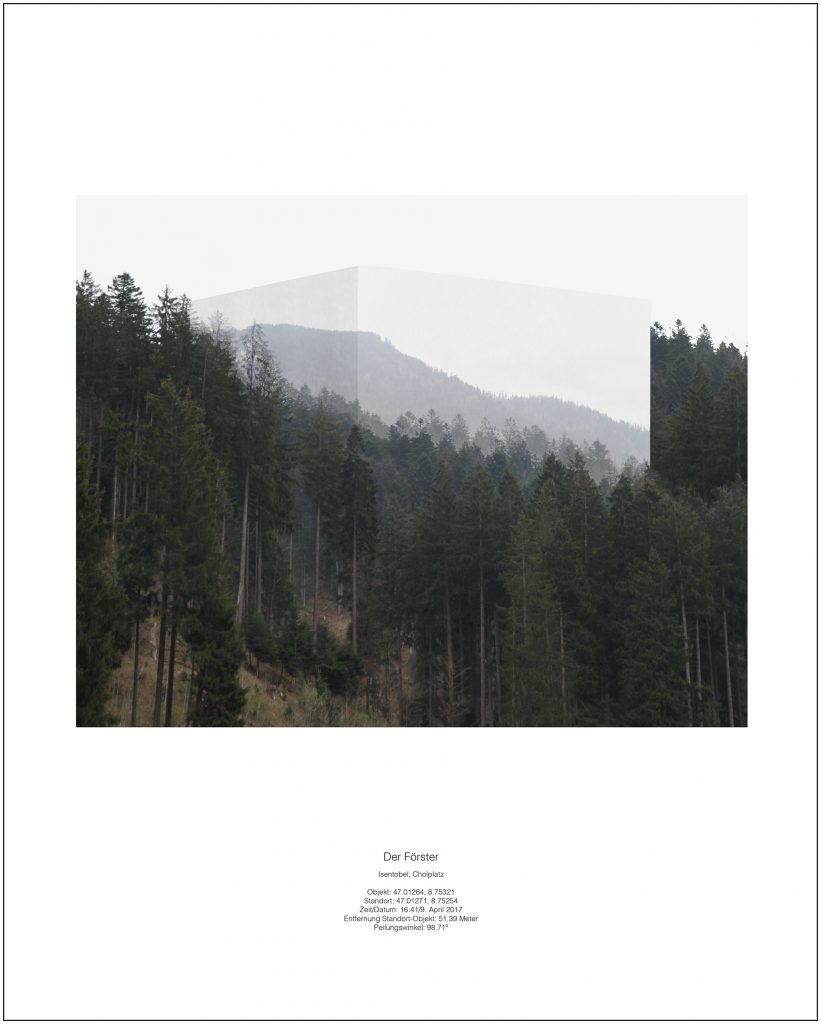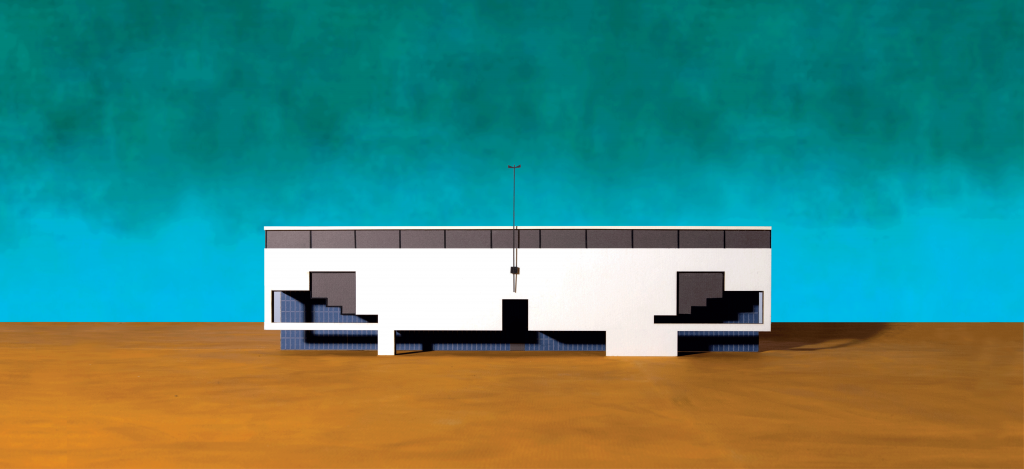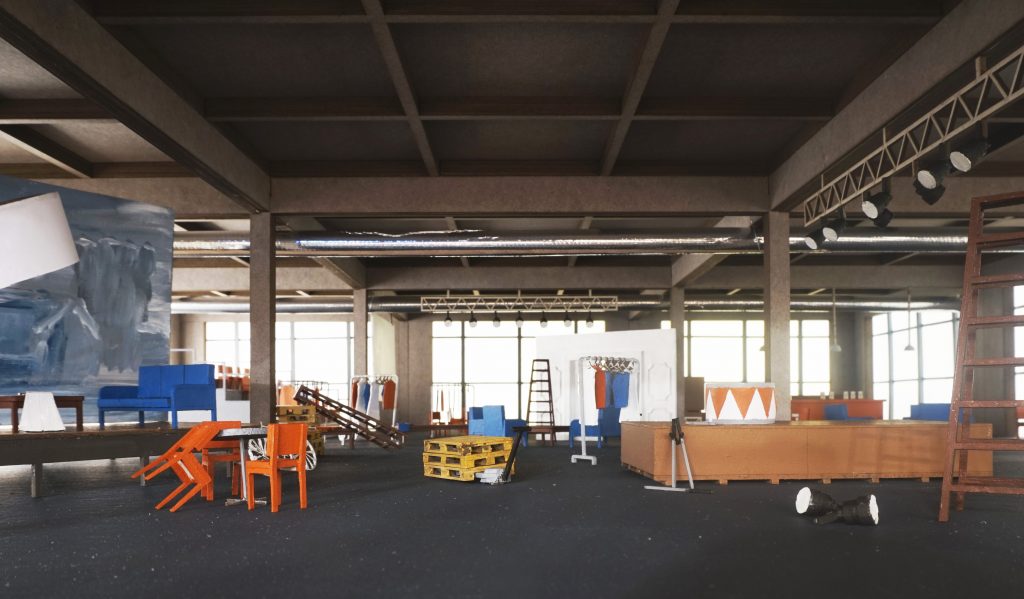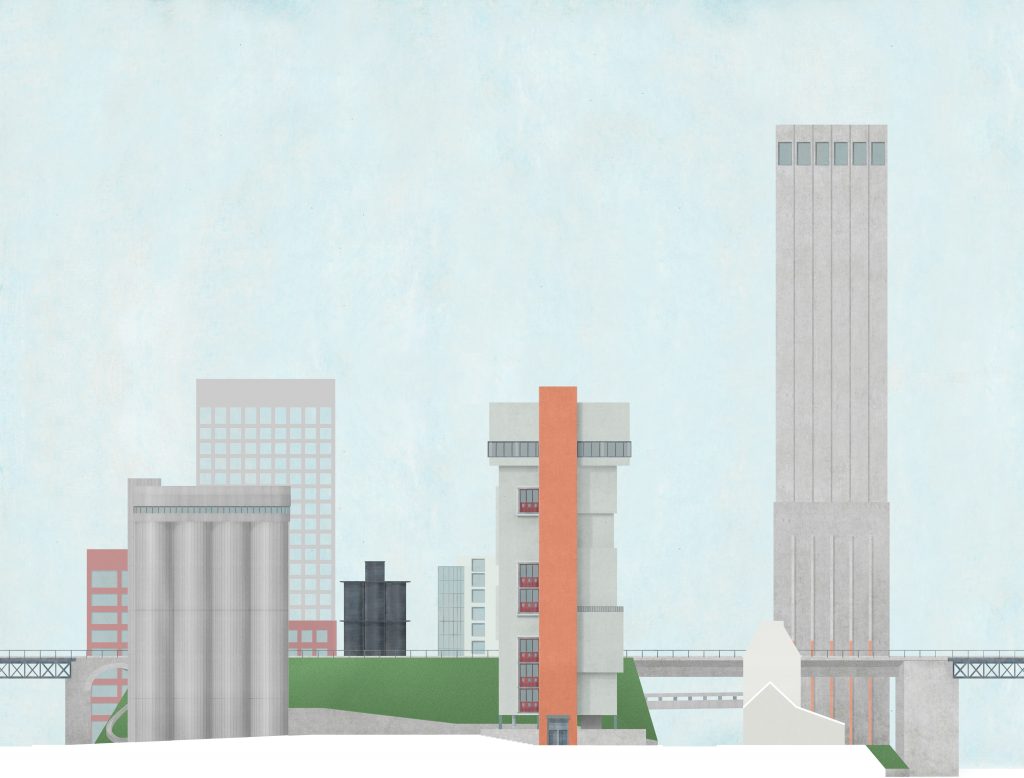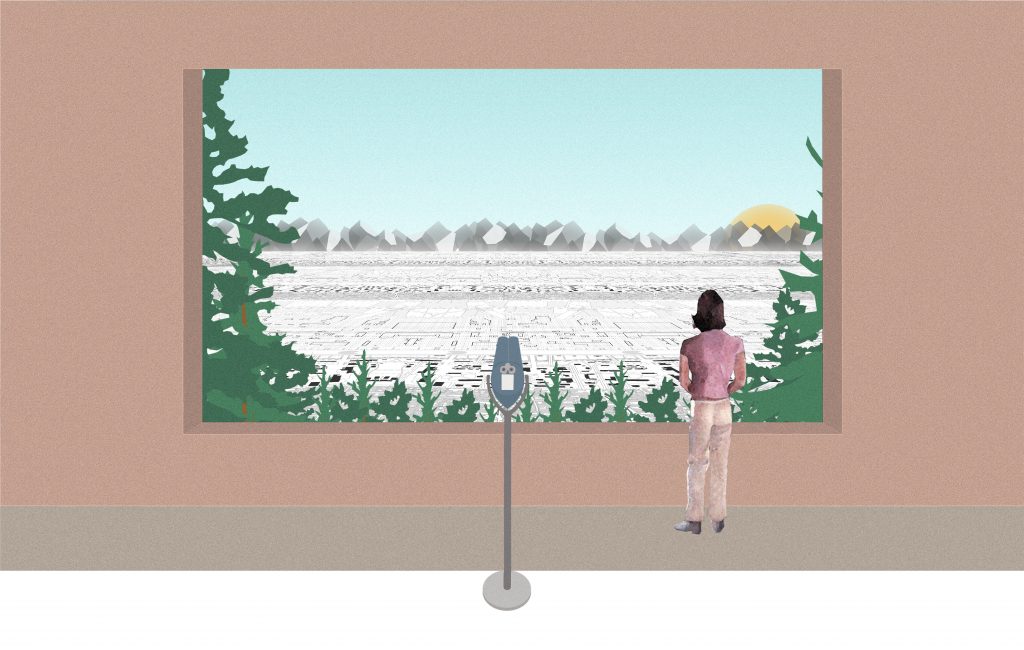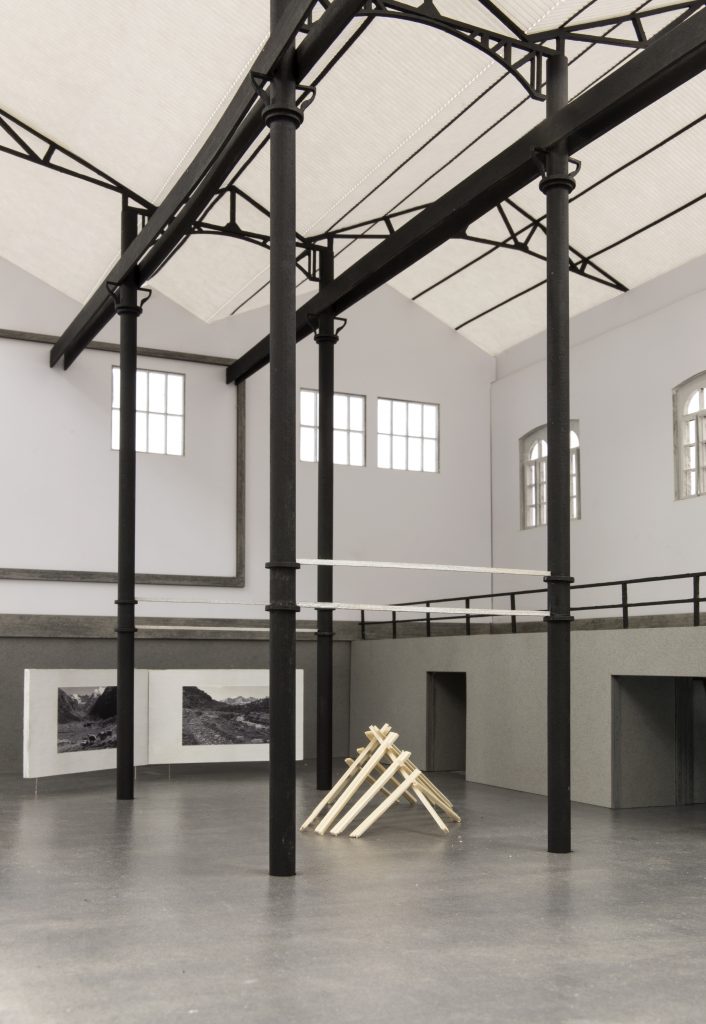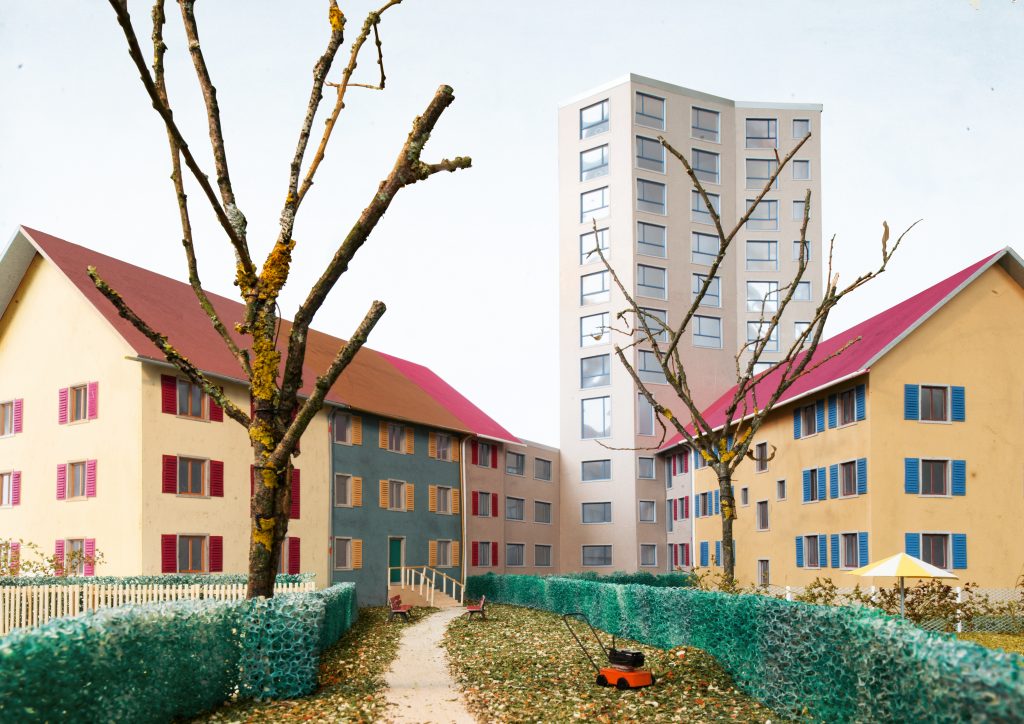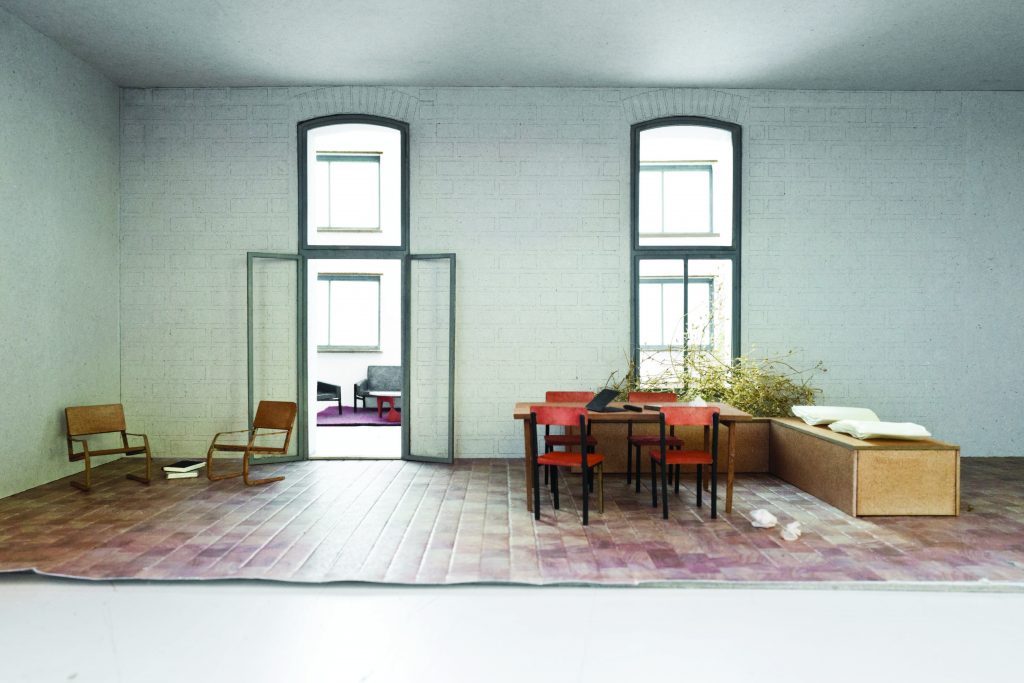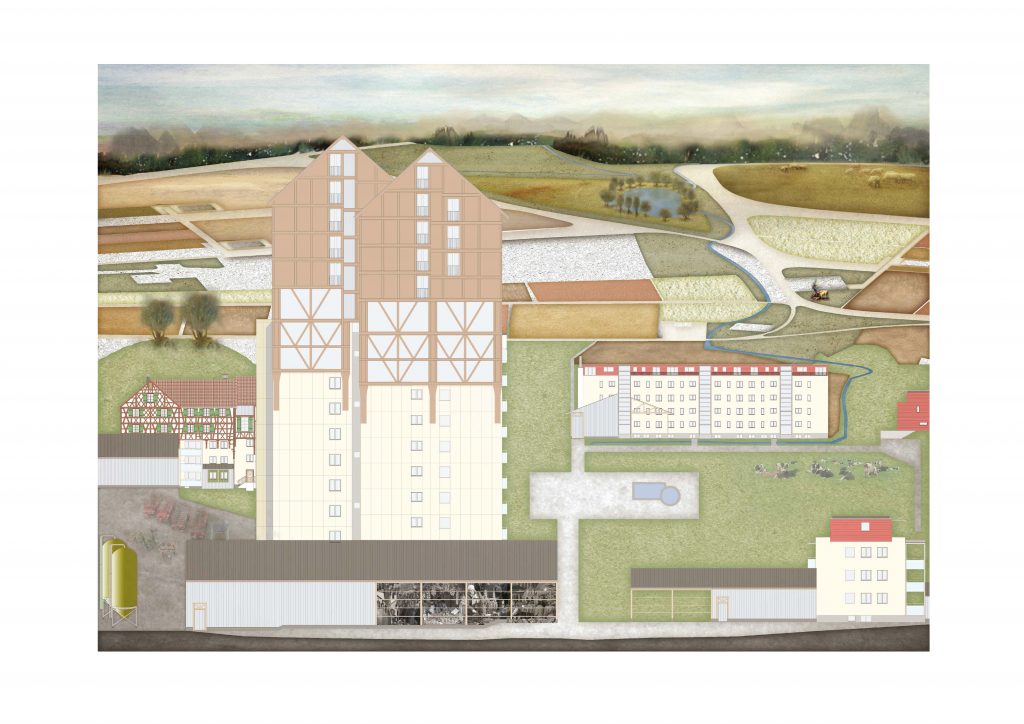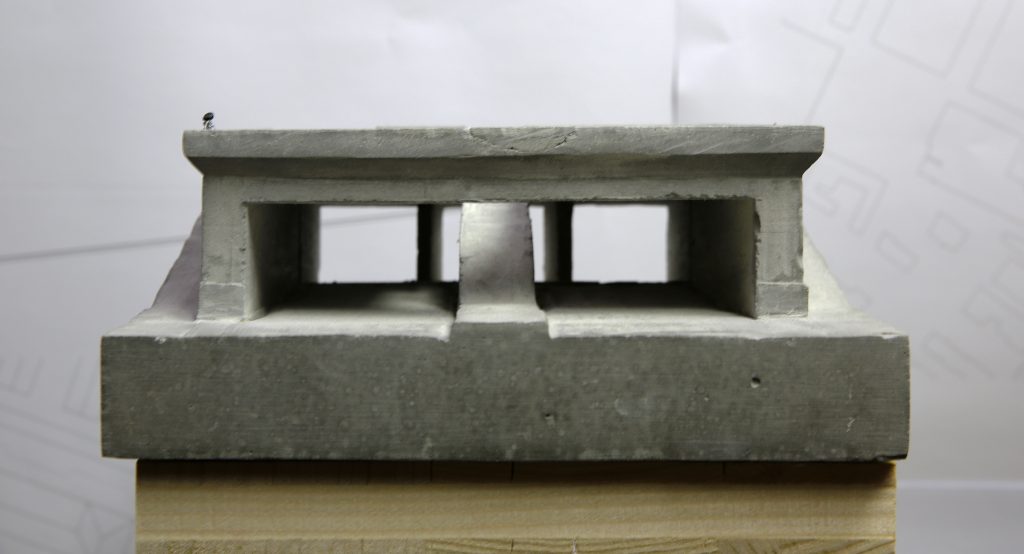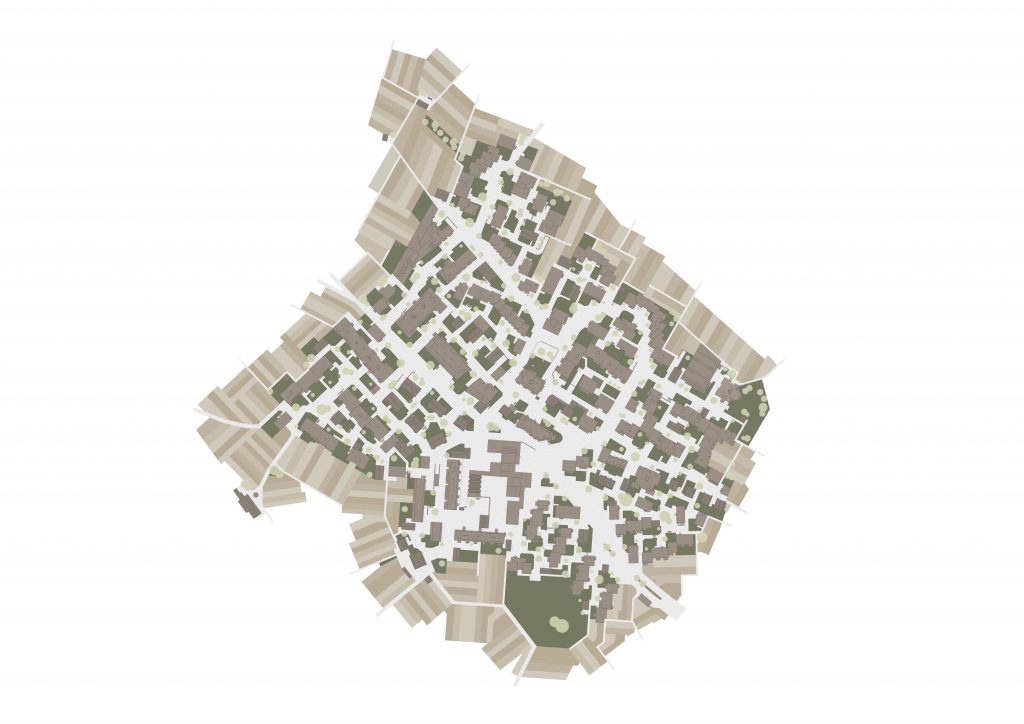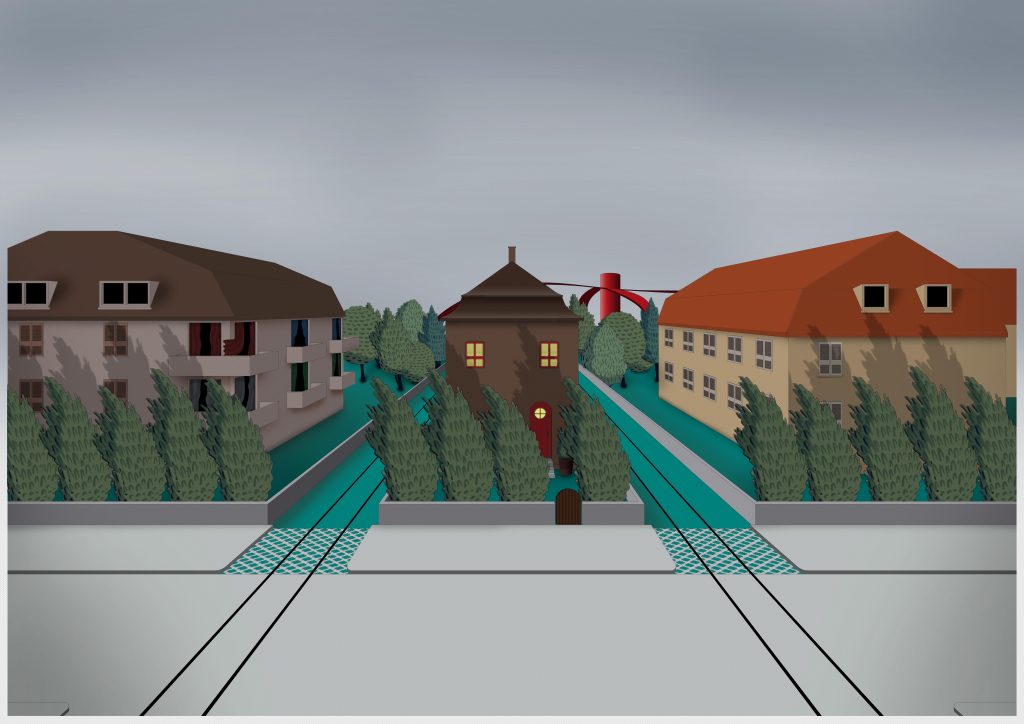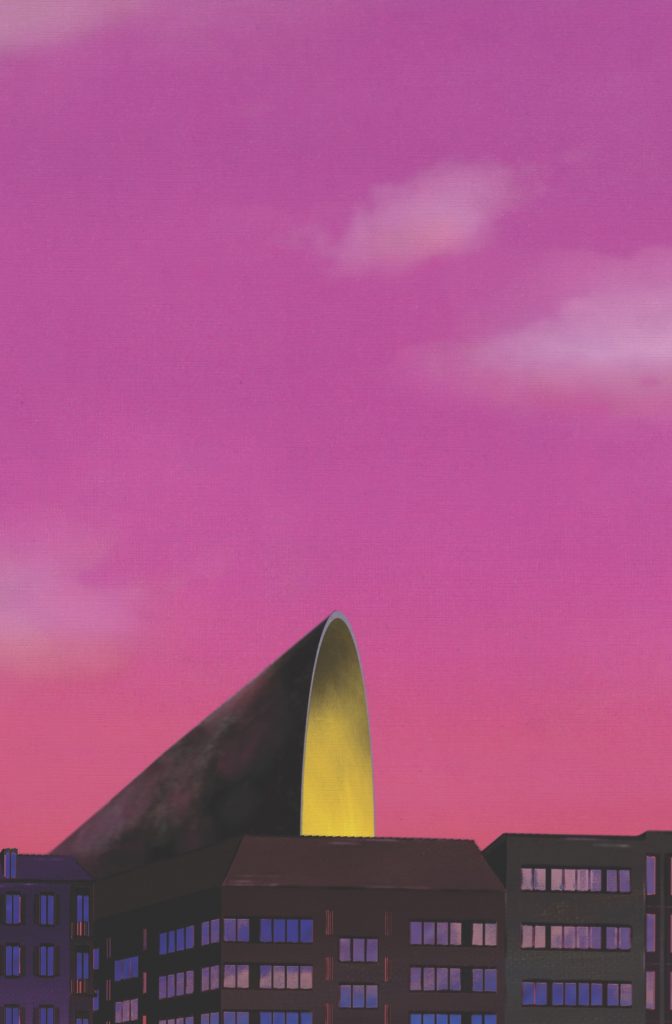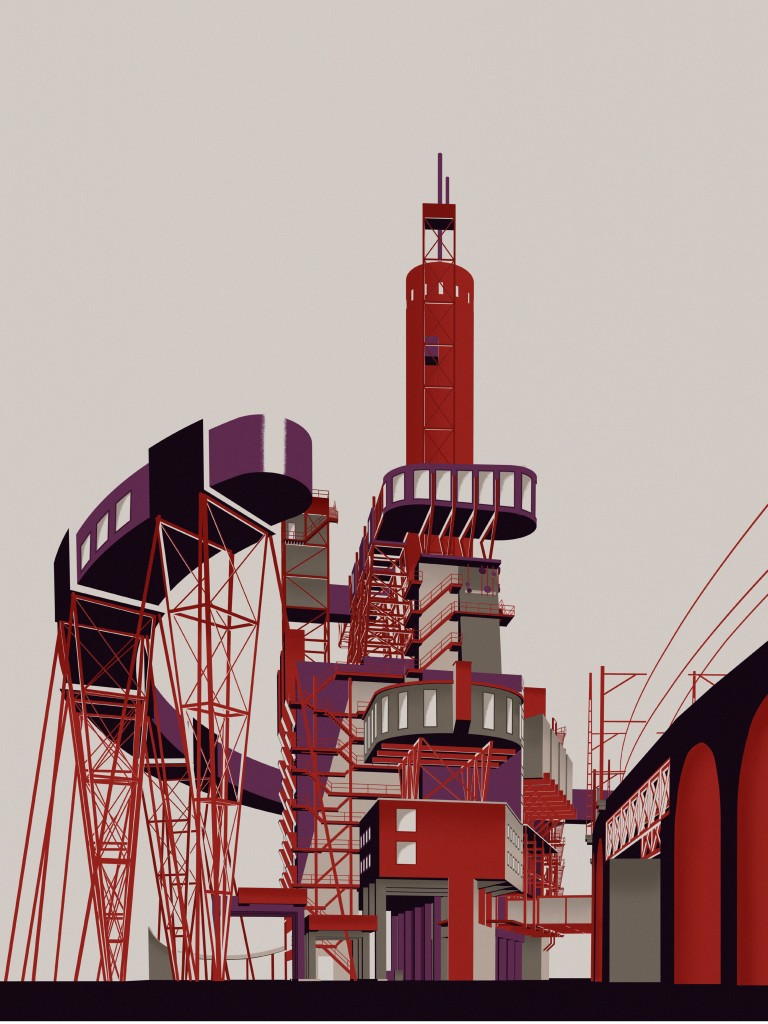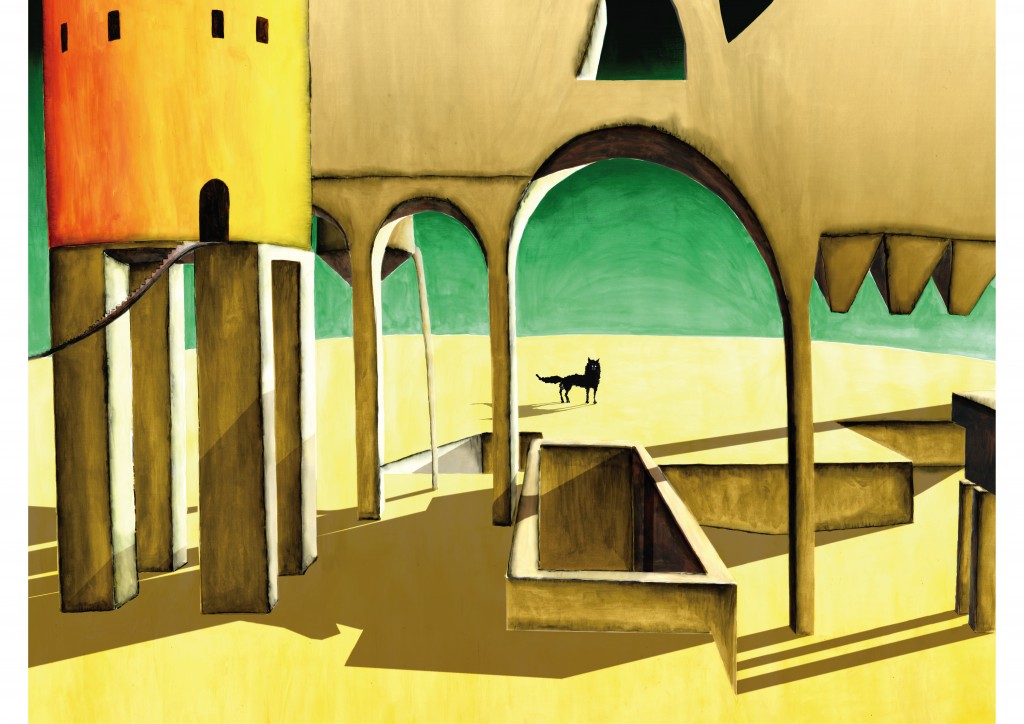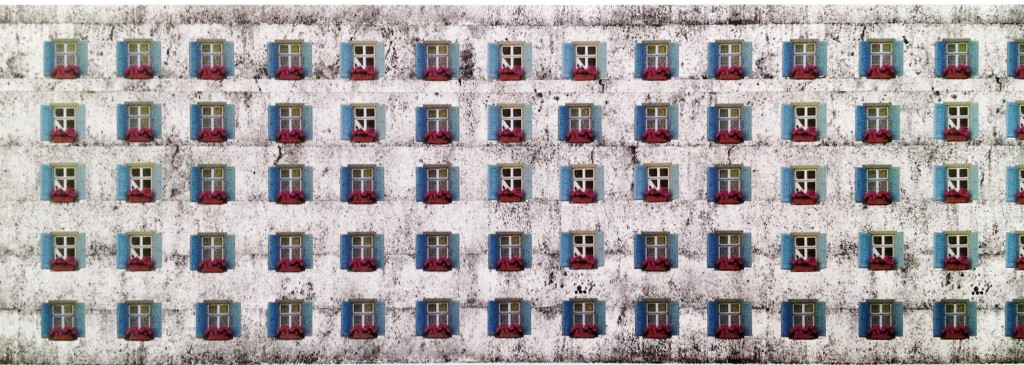Boundaries of Niederdorf
“Irregularity of the old planning was not conceived on the drafting boards but instead developed gradually ‘in natura’, allowing for all what eye notices and treating with indifference what would be visible only on paper.”
—Camillo Sitte “City Planning According to Artistic Principles”
Observation
Taking Sitte’s words further would mean that there exists a planning dimension representative for historic Niederdorf which is invisible on paper but reveals itself to an eye of an observer. My observations resulted in a collection of details from Niederdorf which concentrate on and highlight the presence of a boundary and interface between individual bulidings or a building and a public space. The natural and gradual development of Niederdorf, typical for medieval trade cities contributed to the additive strategy of adjacent buildings which touch each other and not stand next to each other as it most often takes place in contemporary cities. Things that happen within those boundaries stand for pragmatic needs or idealistic dreams of the inhabitants. They can be an aggressive claim for the public space for oneself or a wish of extending one`s living space onto the outdoors. Some gestures are an expression of a symbiotic cooperation with a neighbour, whereas some are mere objects, adjacent to a neighbour but still striving to manifest their independence rather than affiliation.
Thesis
The boundary condition is a significant feature of Niederdorf and is to be found in every block or street. Its presence is both global and local, its character varies depending on the character or use of its location but in the end always points out to the creativity of an individual. It highlights the nature and way of living of the inhabitants, it is naturally interlinked with the origins of the city as a medieval trade city with its opportunistic uncompromising economy, described as an “economic space” in Richard Sennett’s “Flesh and Stone: The Body and The City in Western Civilisation”. Principles which generate the boundary condition are the very same principles that define the true character of Niederdorf and at the same time do not define the language of forms, but are the origin and inspiration of forms. My design strategy is therefore to project those principles and translate them into a contemporary architectural language, spatial typology and concept of neighbourly living in Niederdorf. What needs to be preserved are not the forms themselves but the timeless mechanisms which are capable of generating them.
